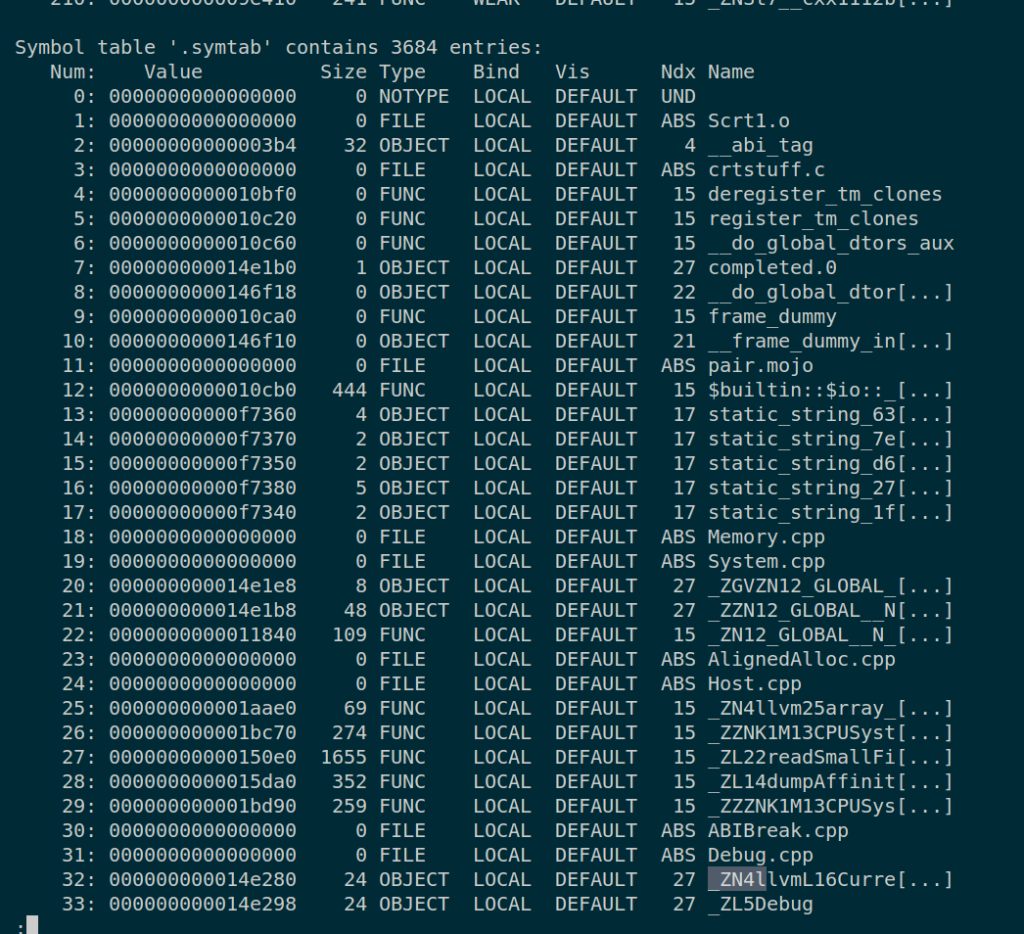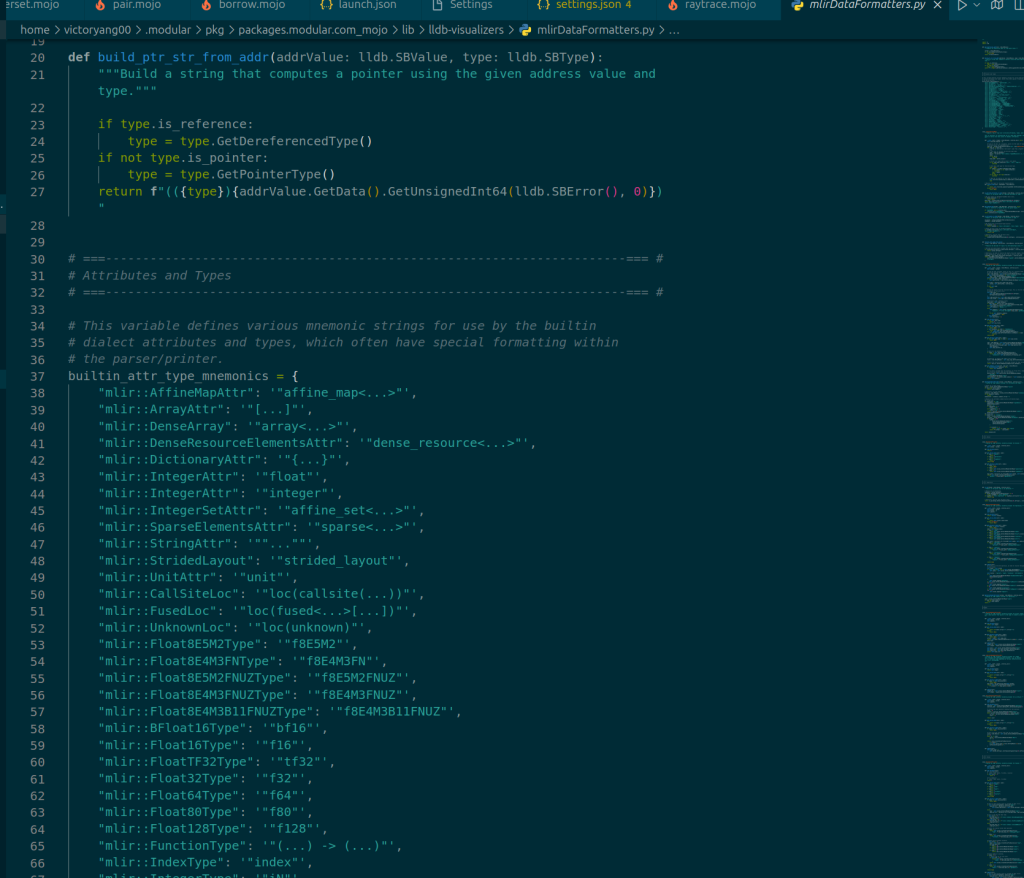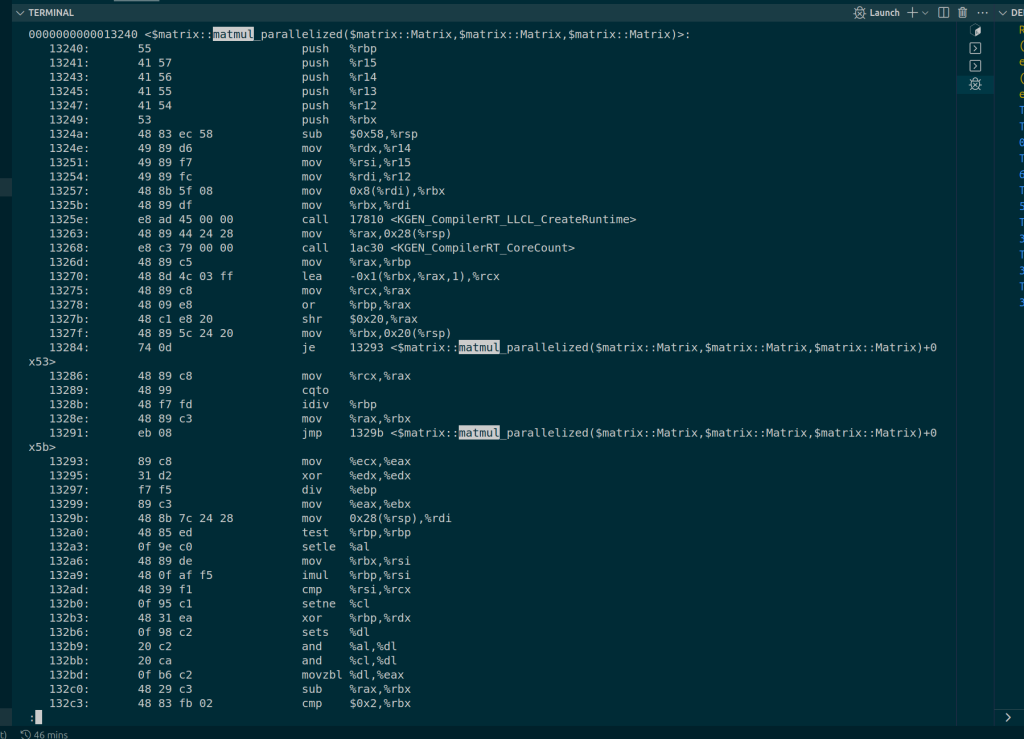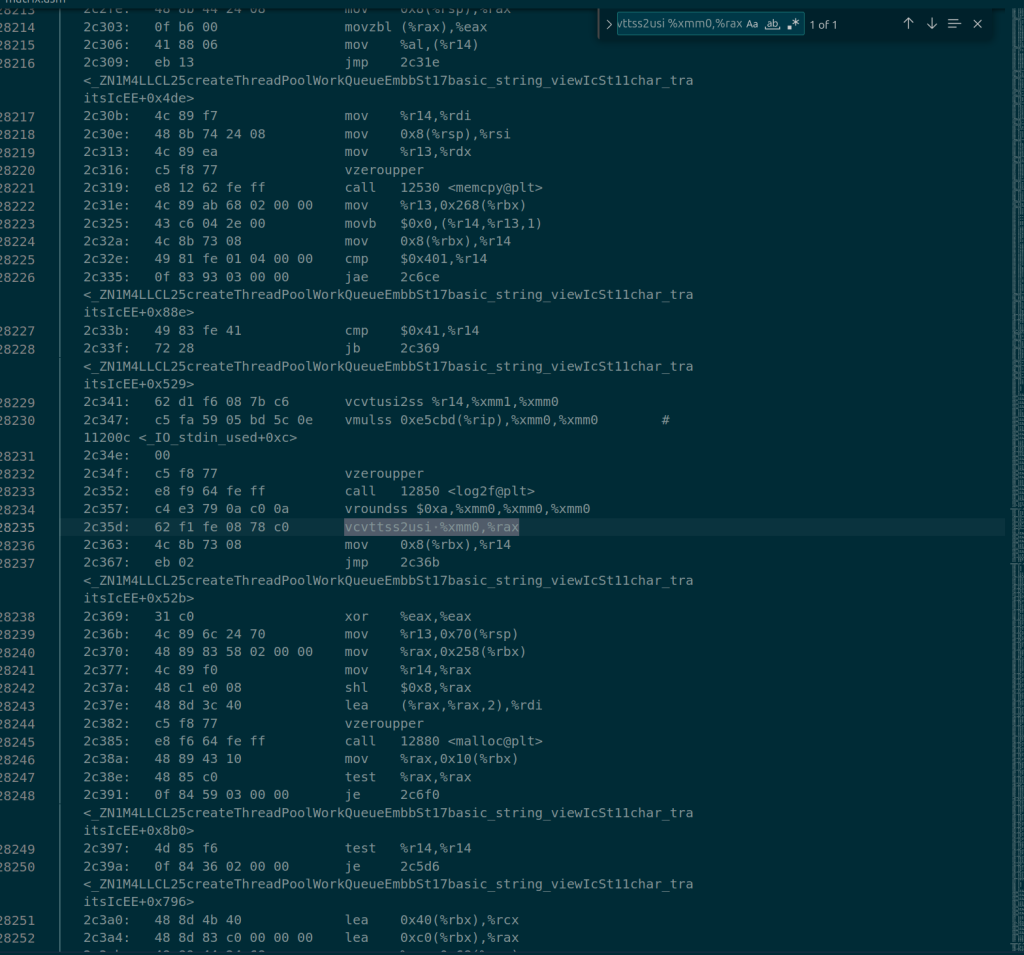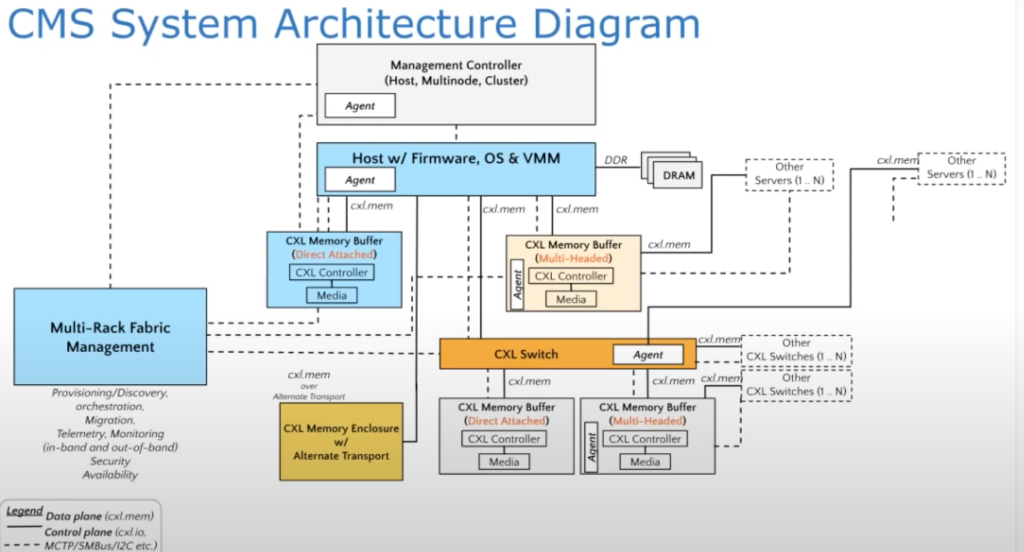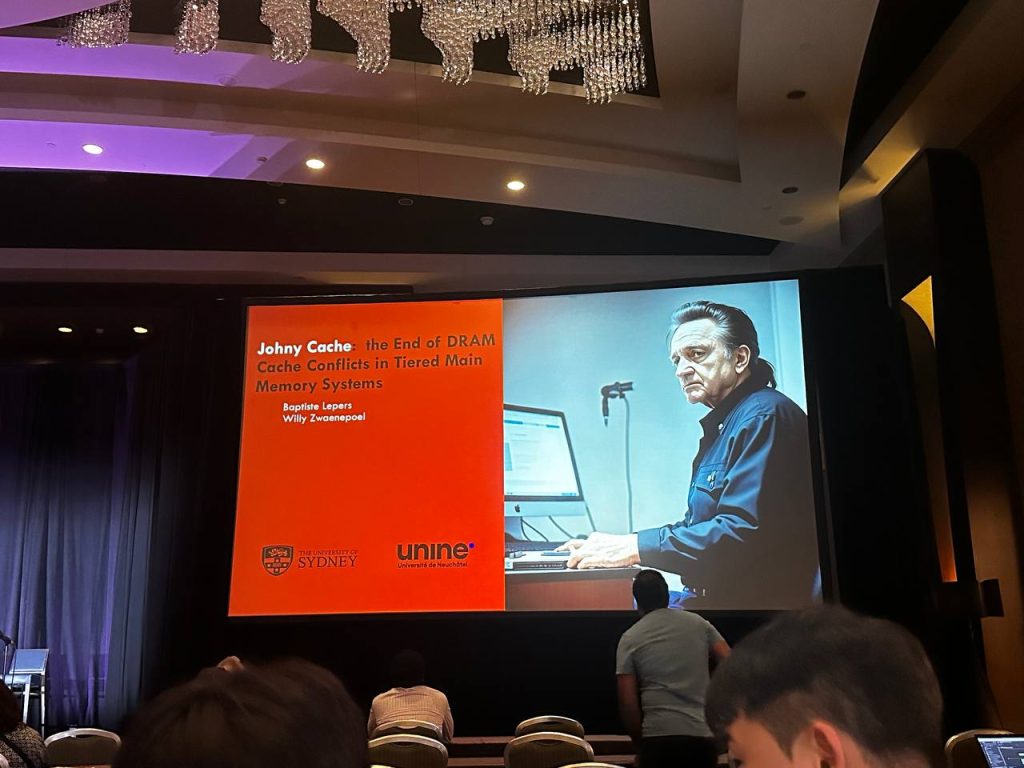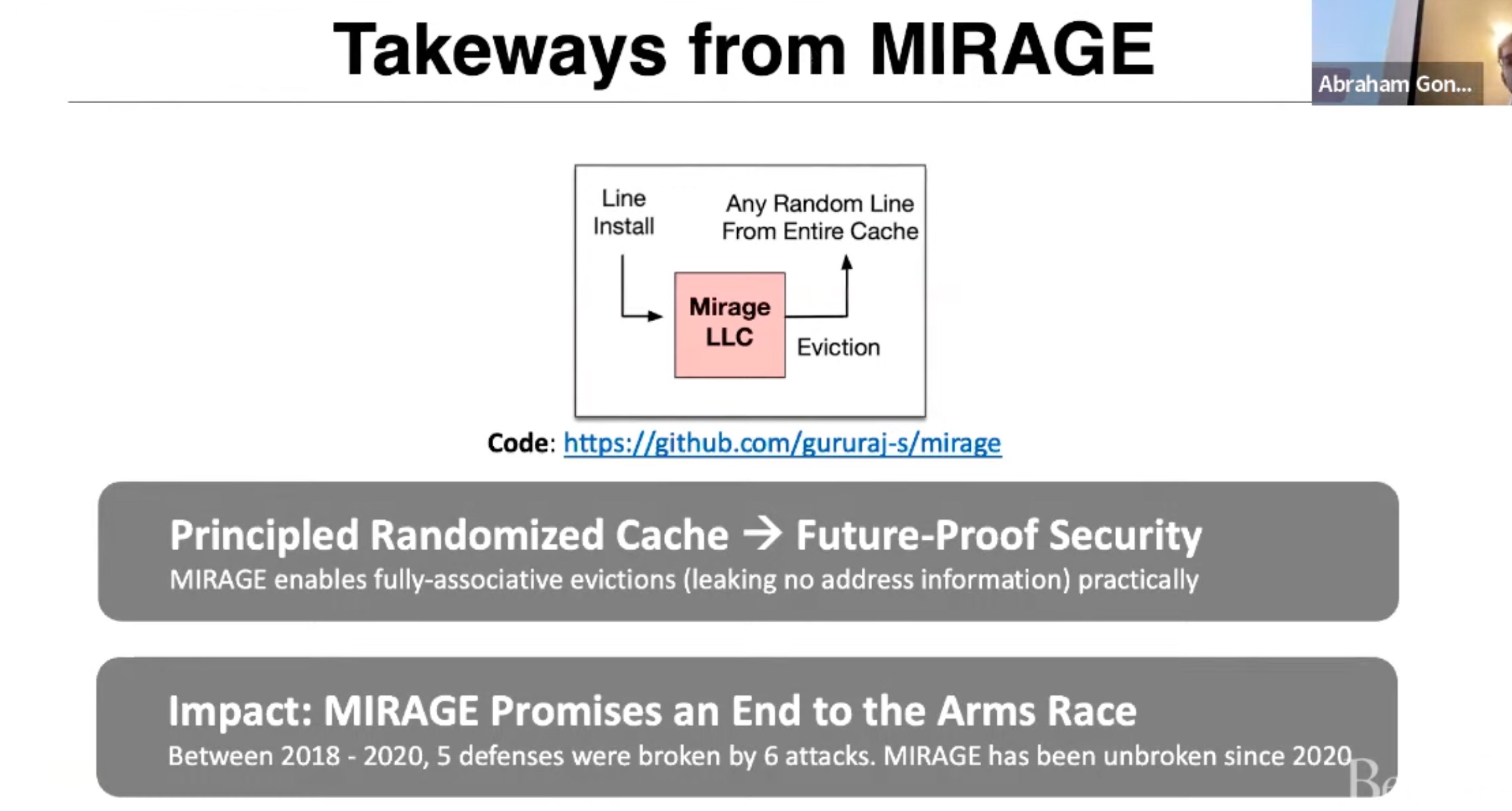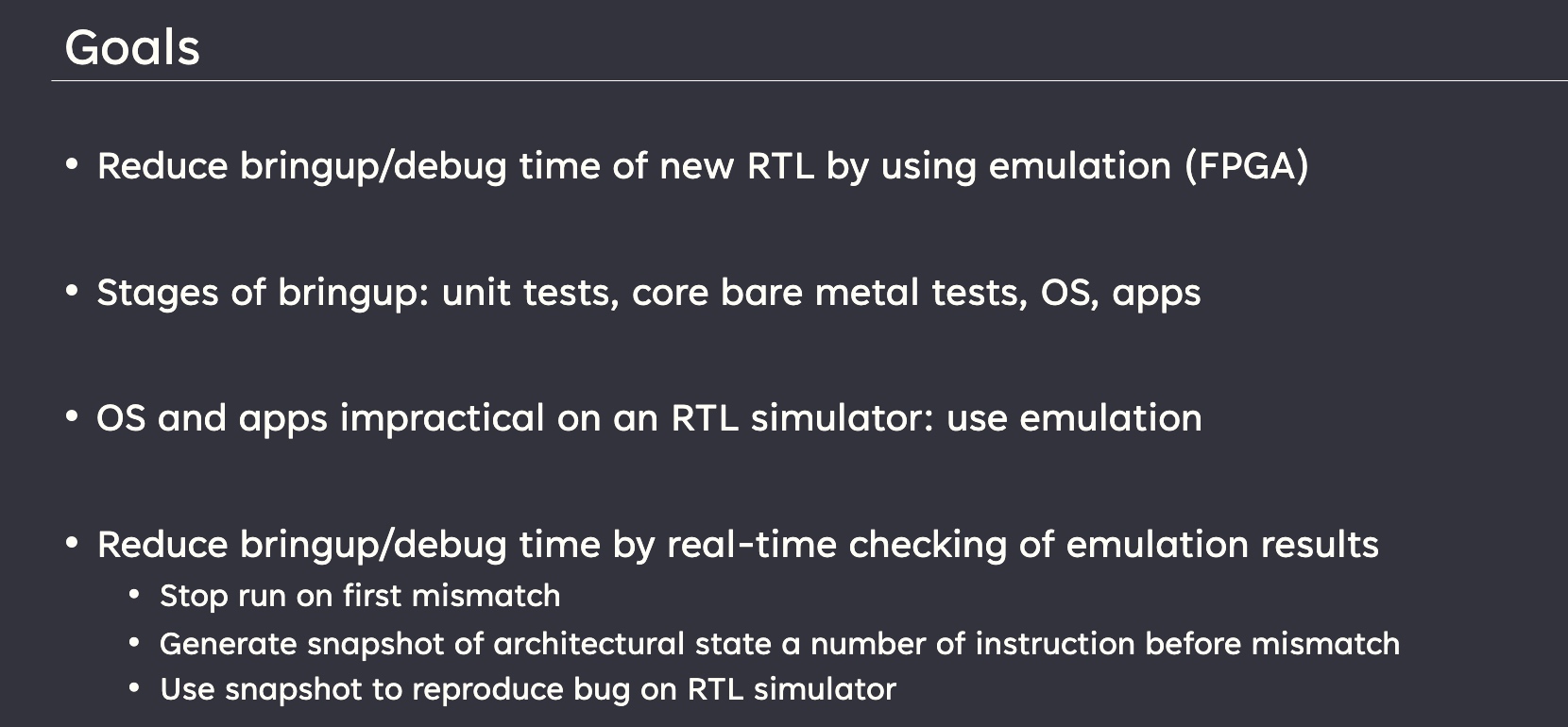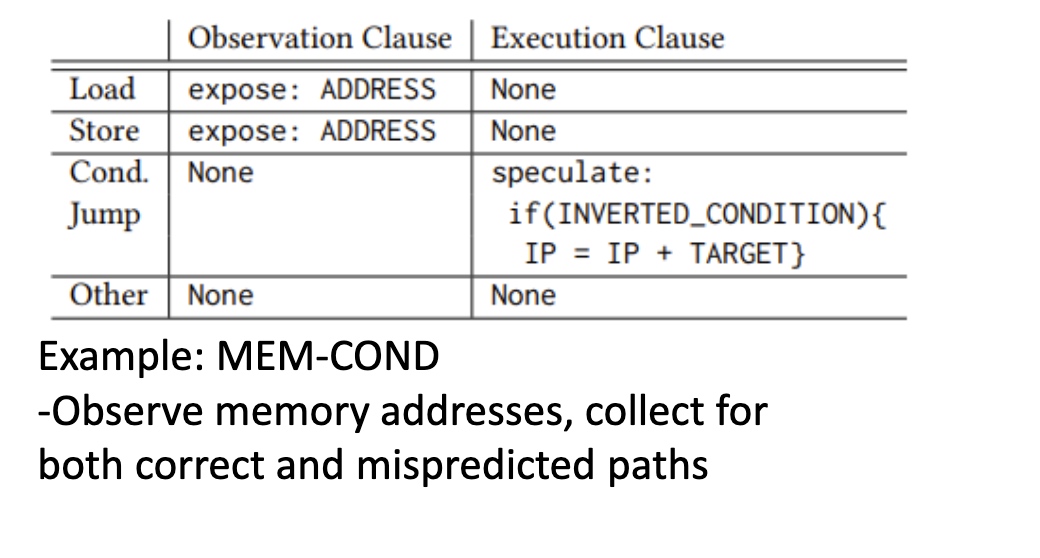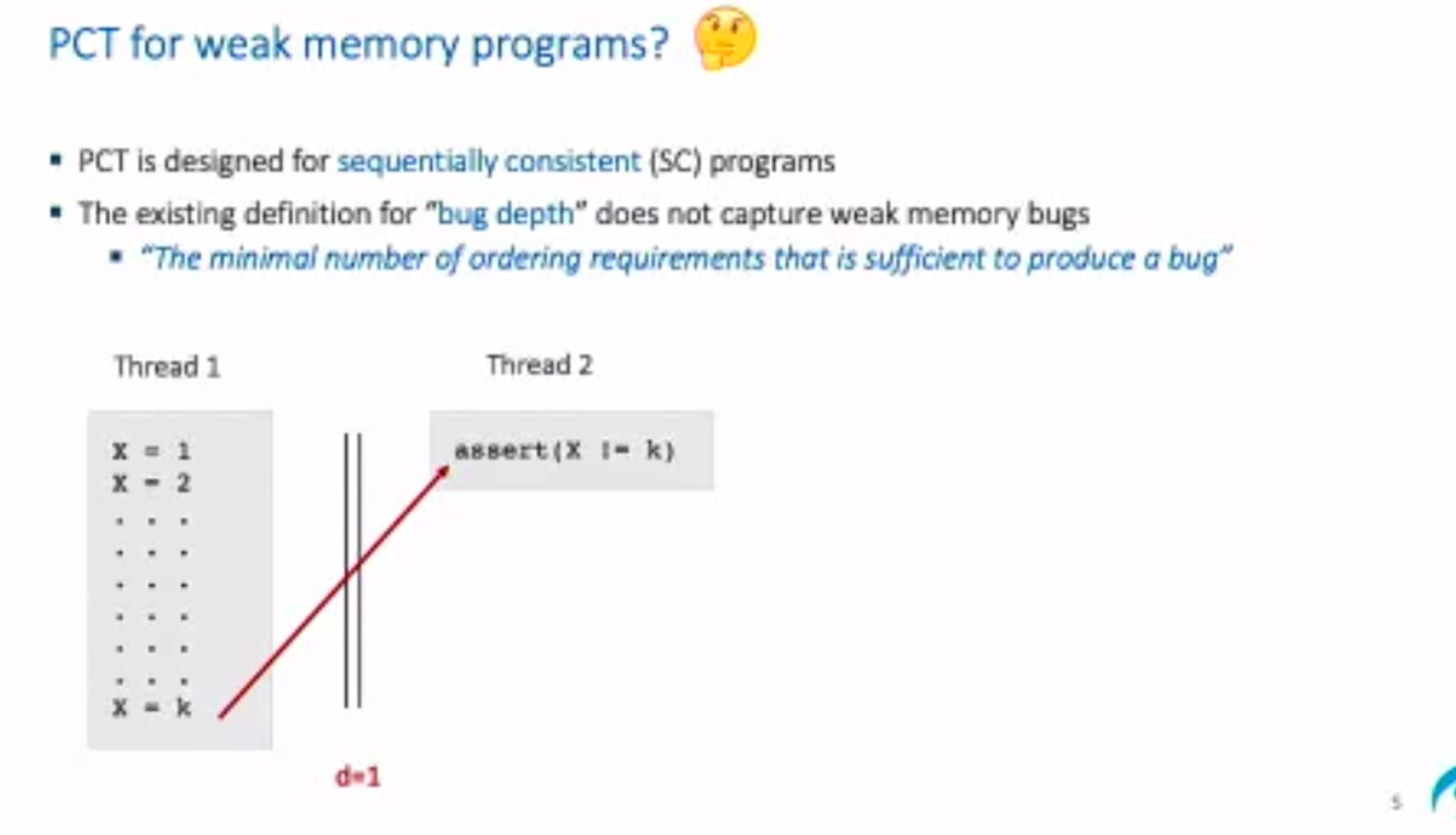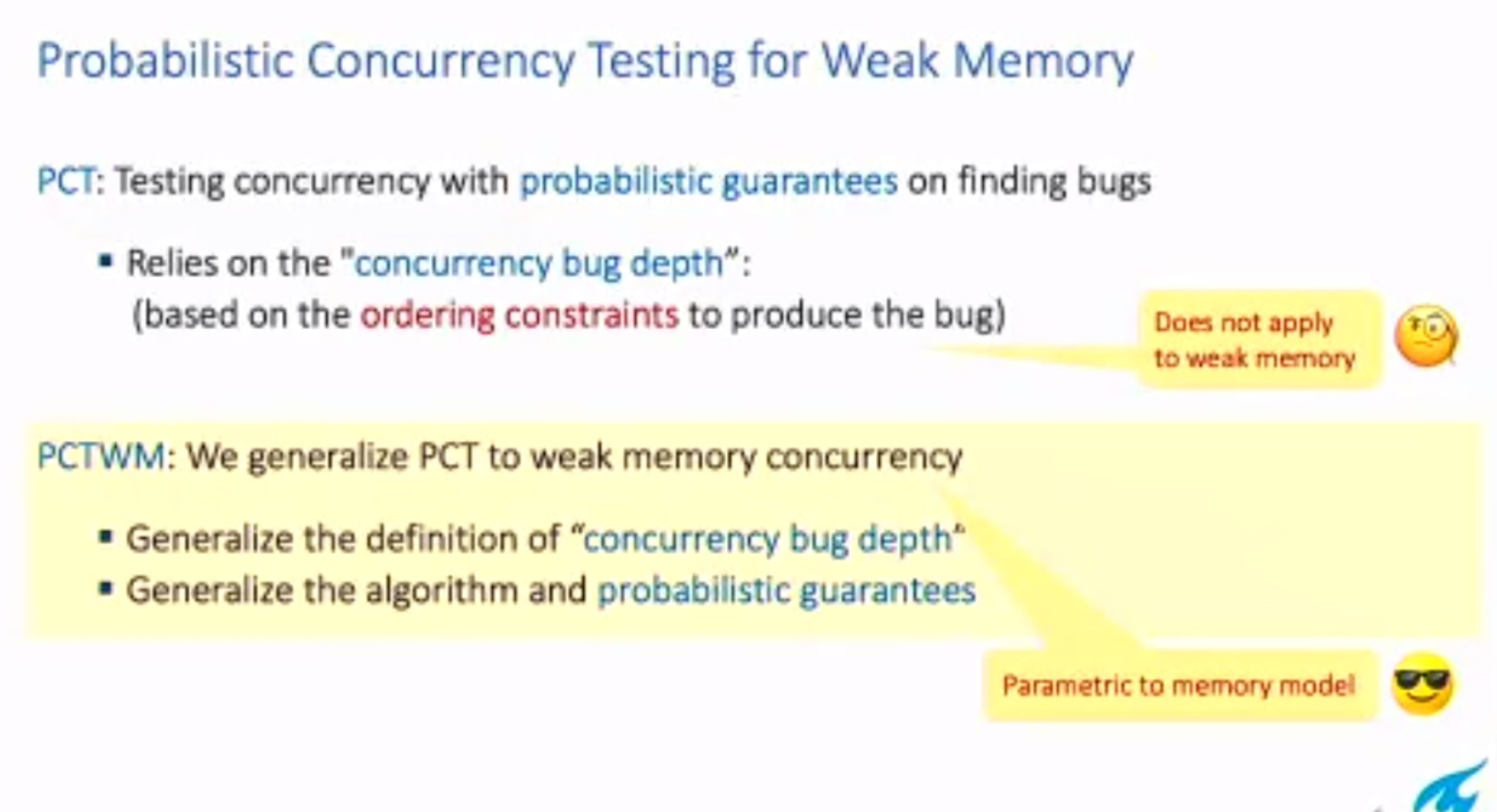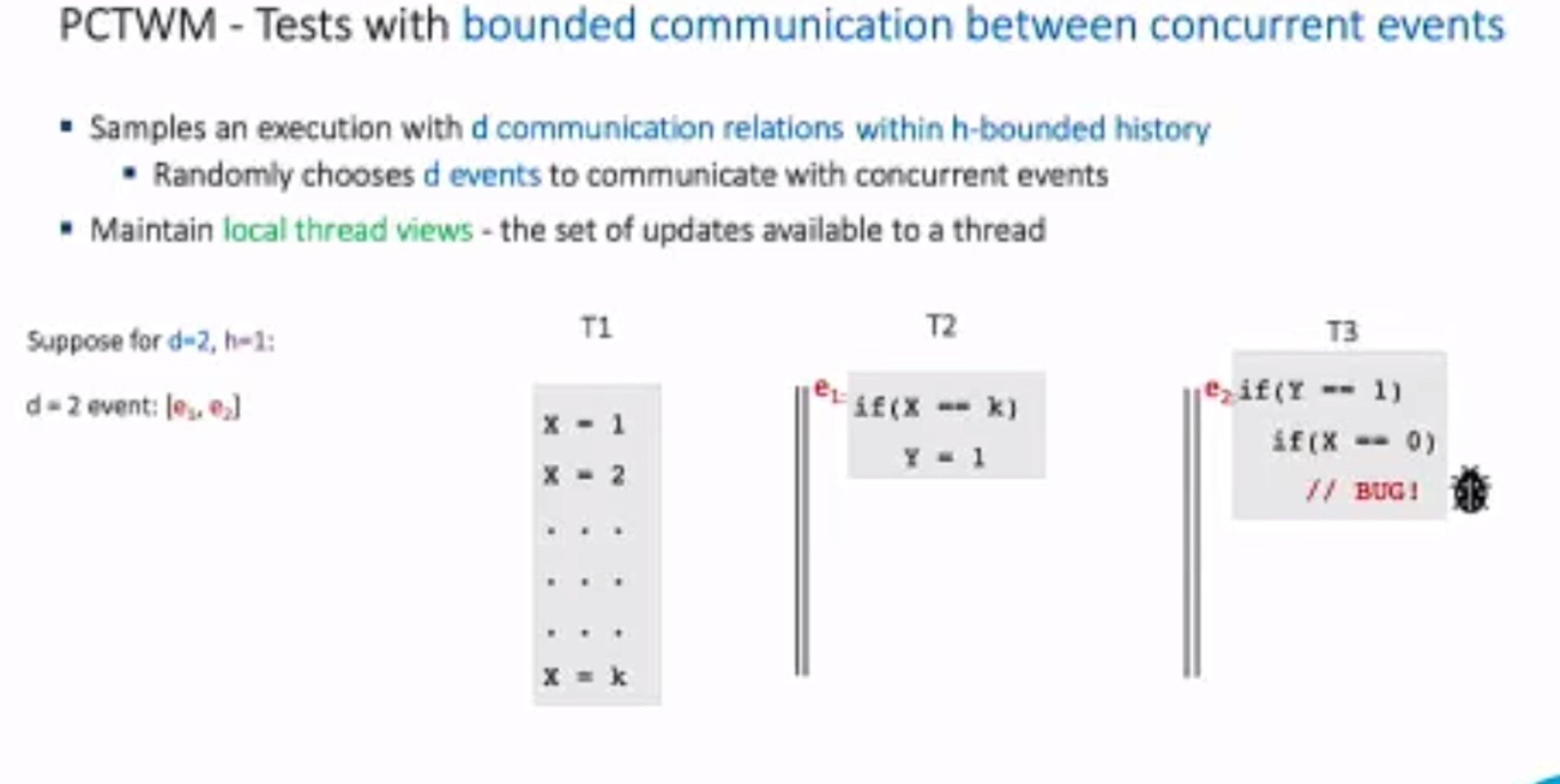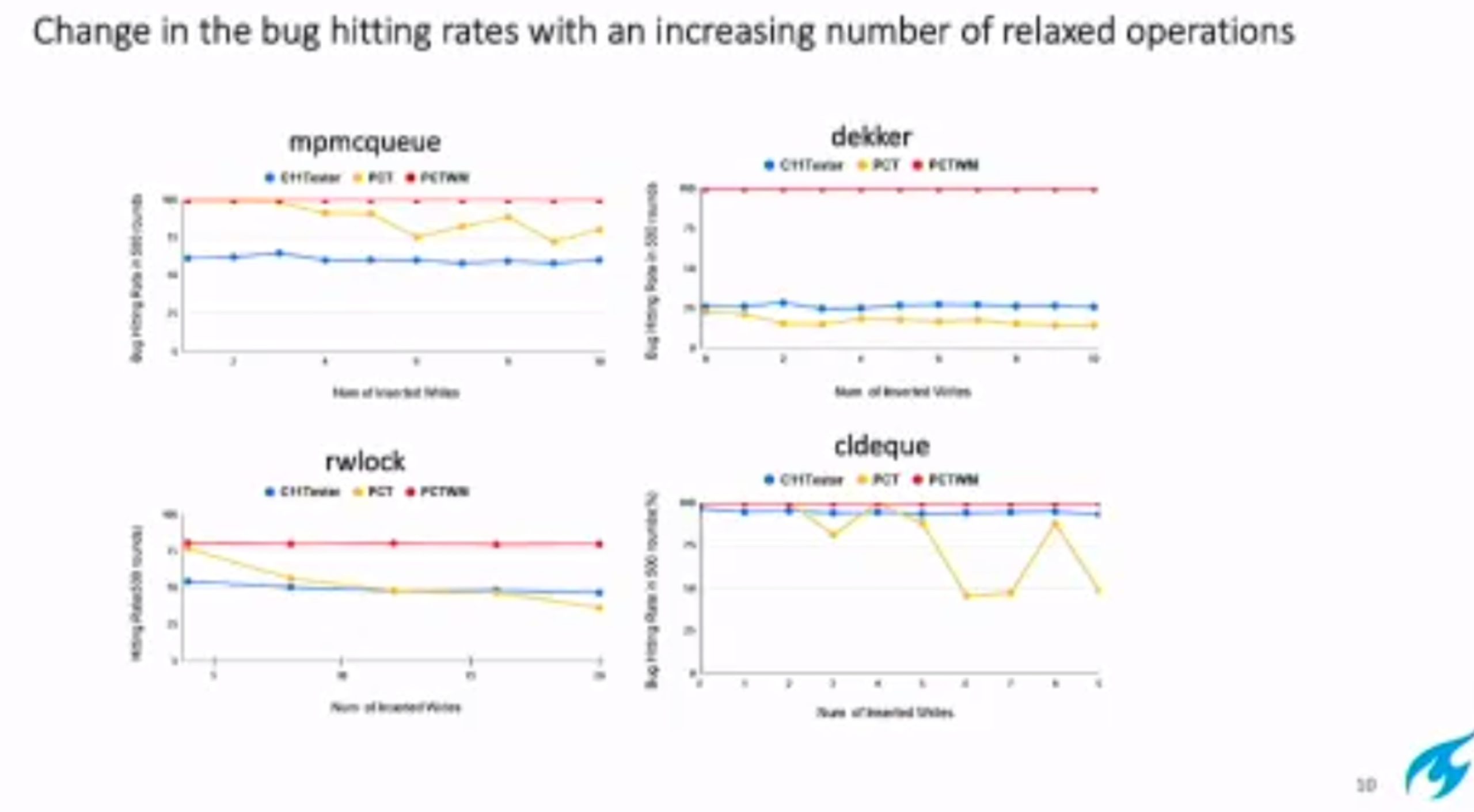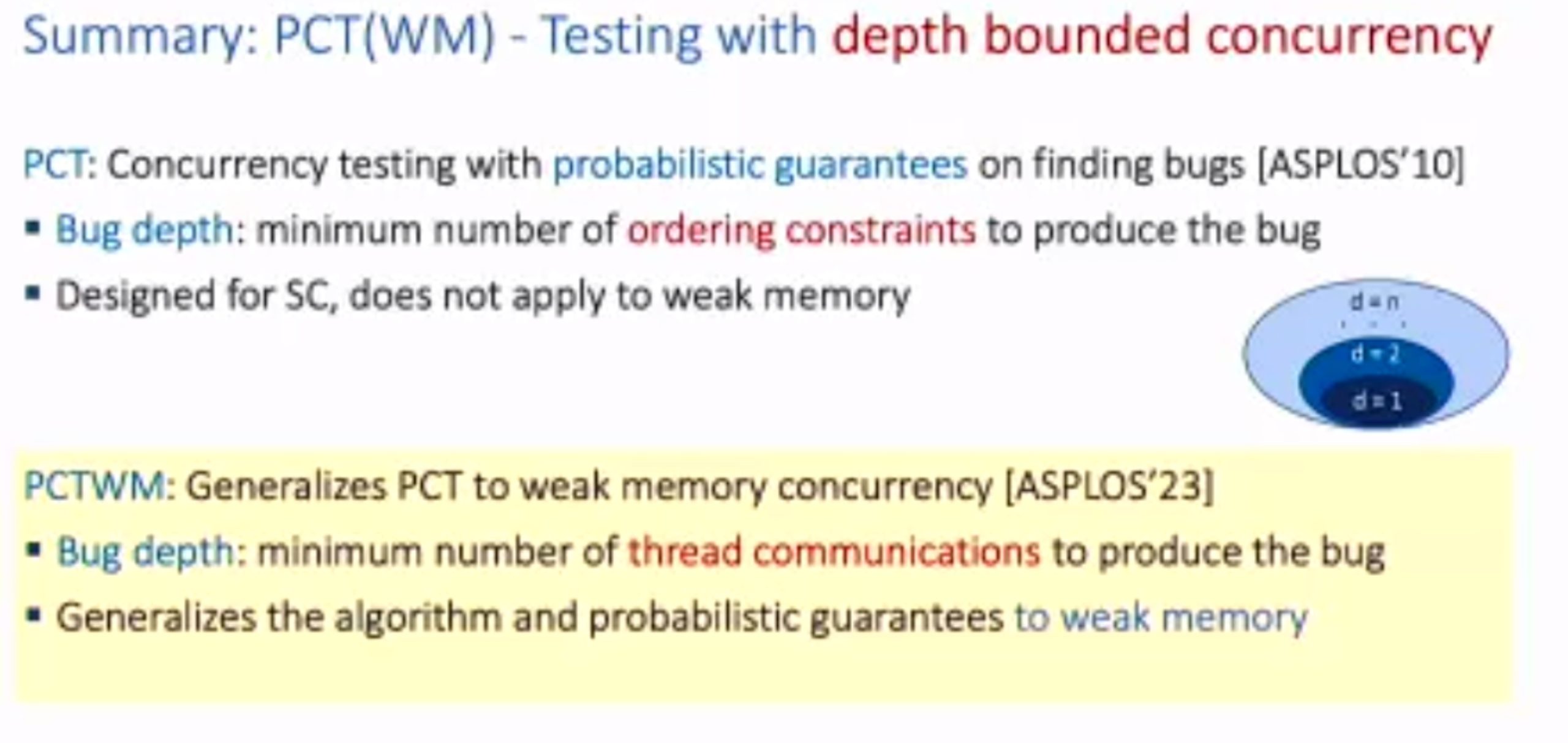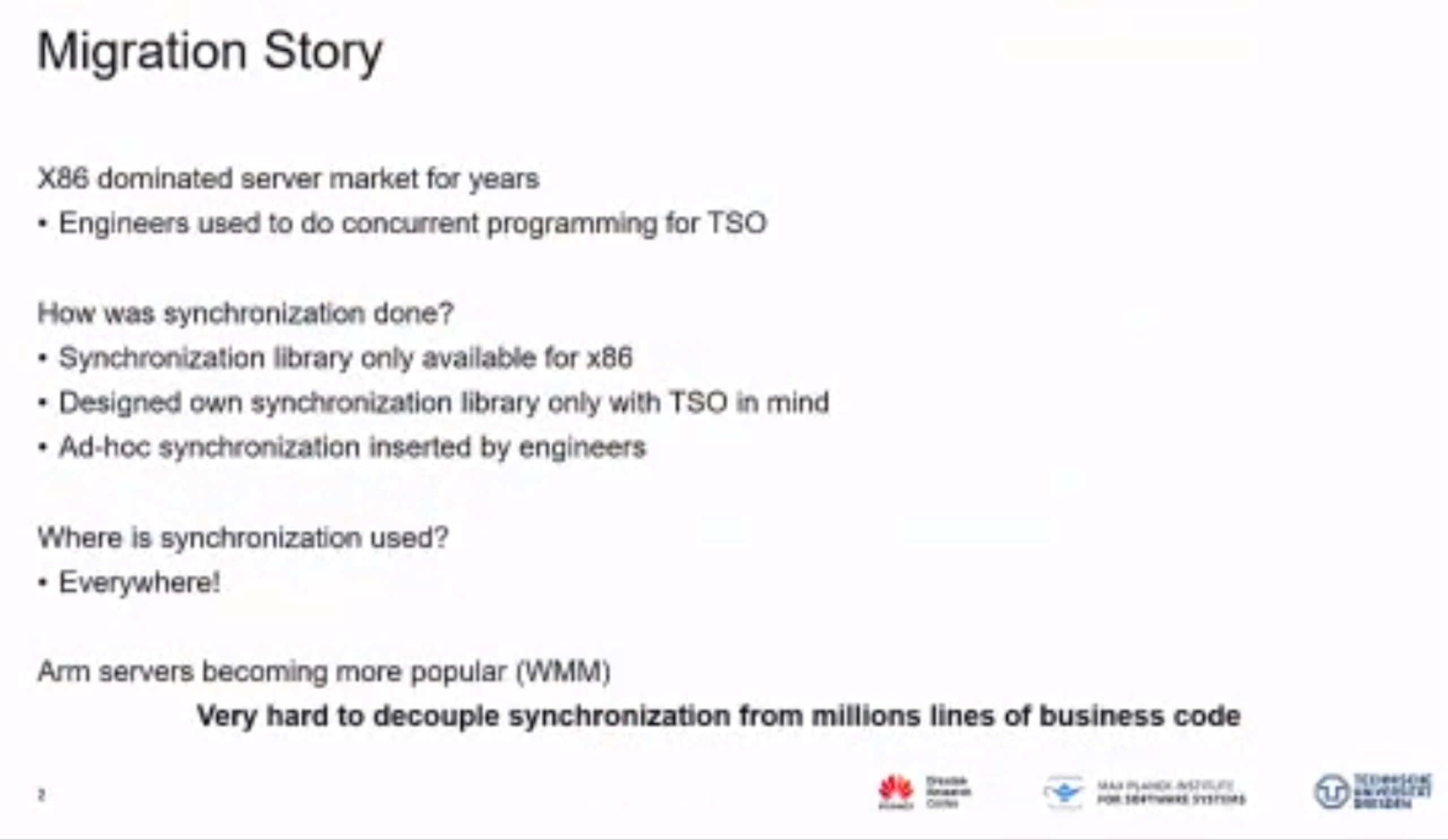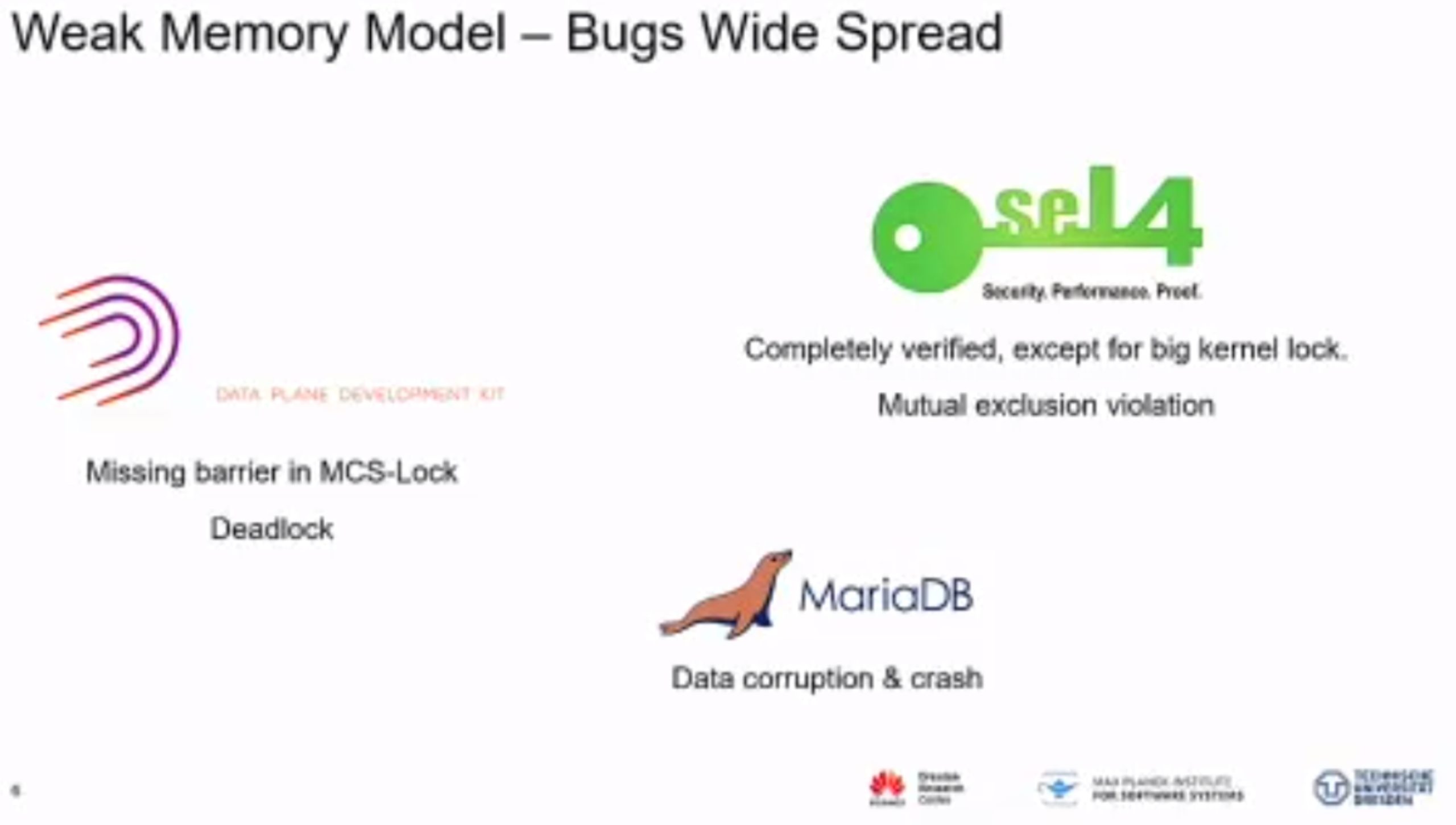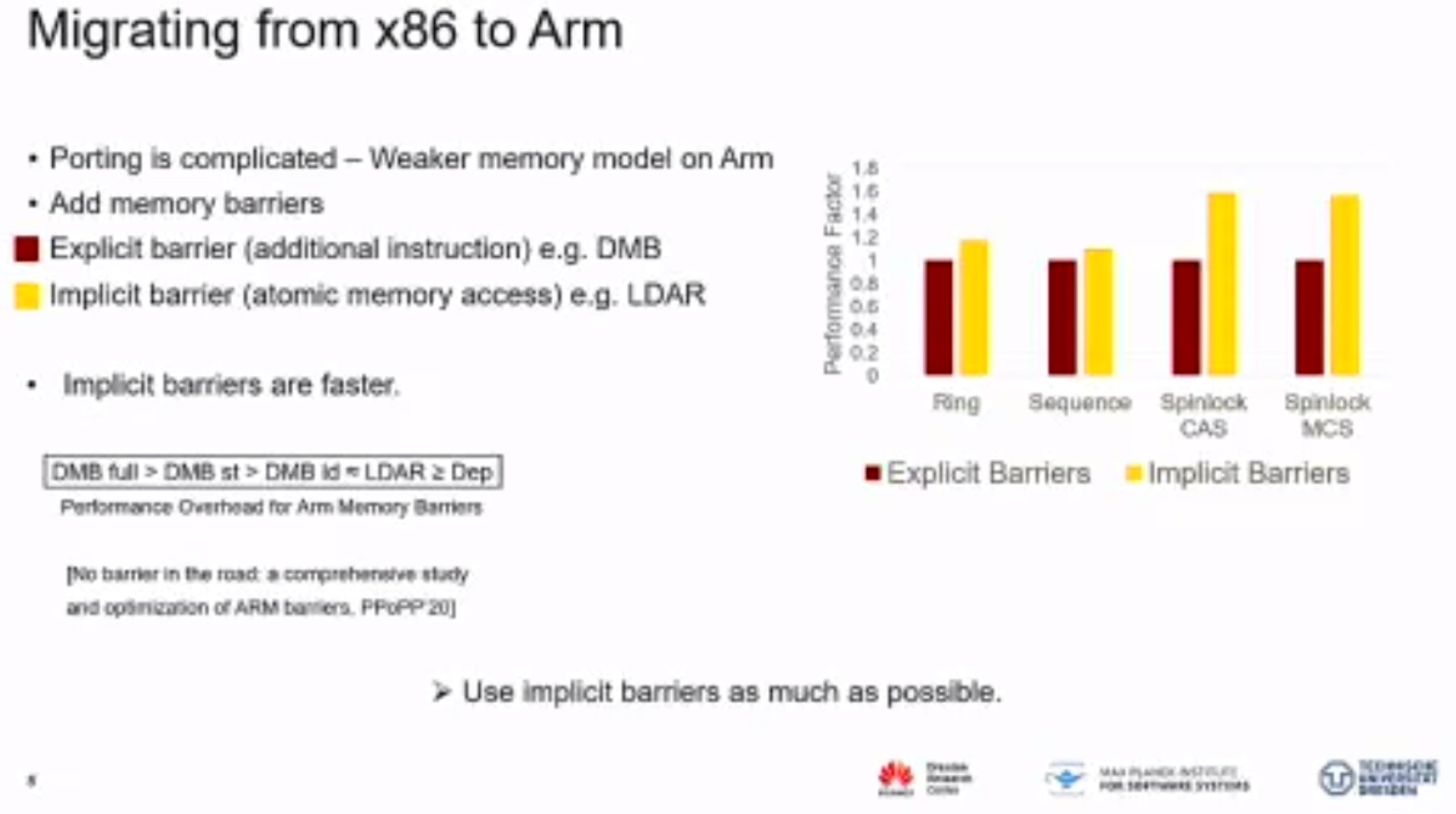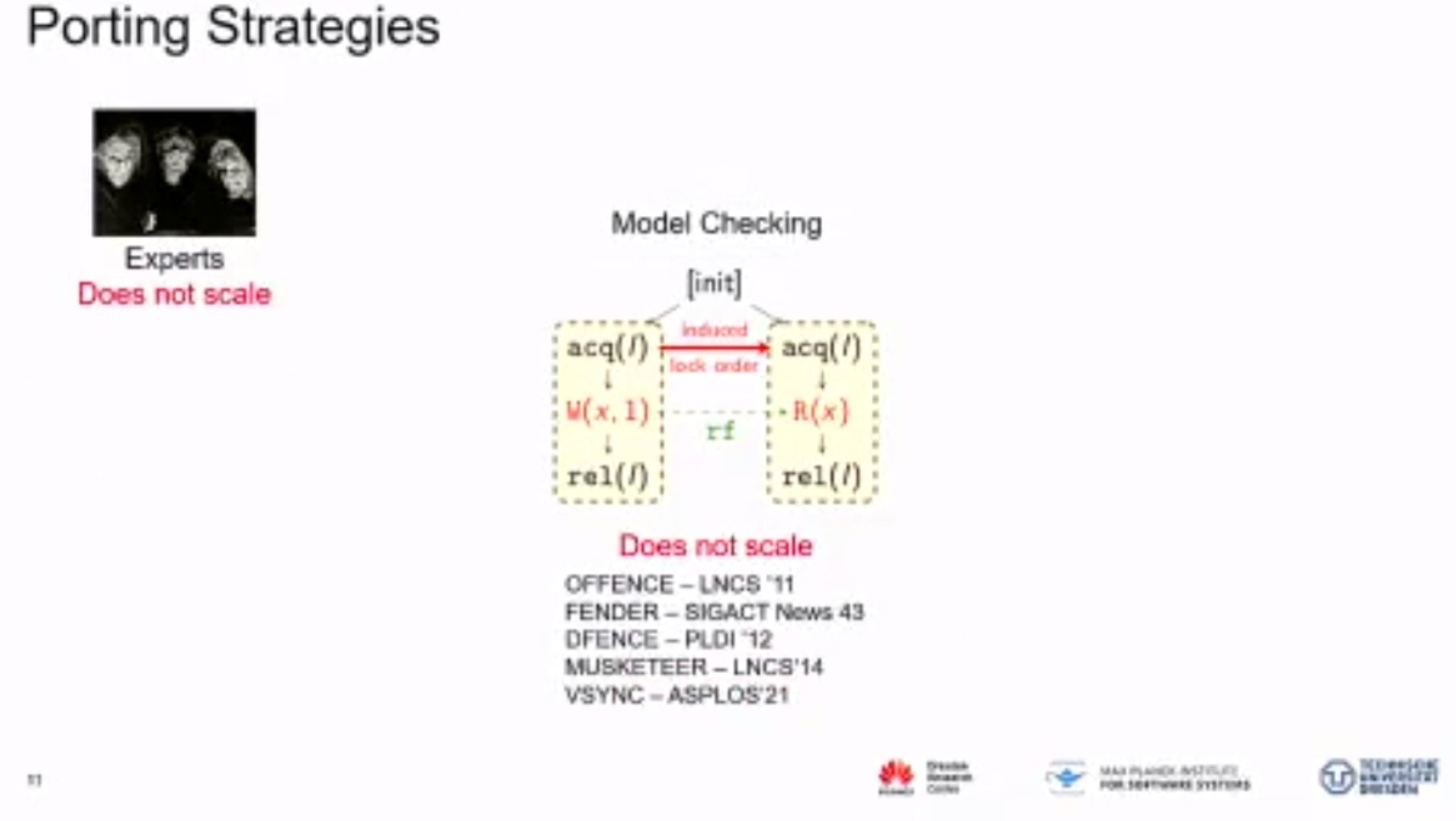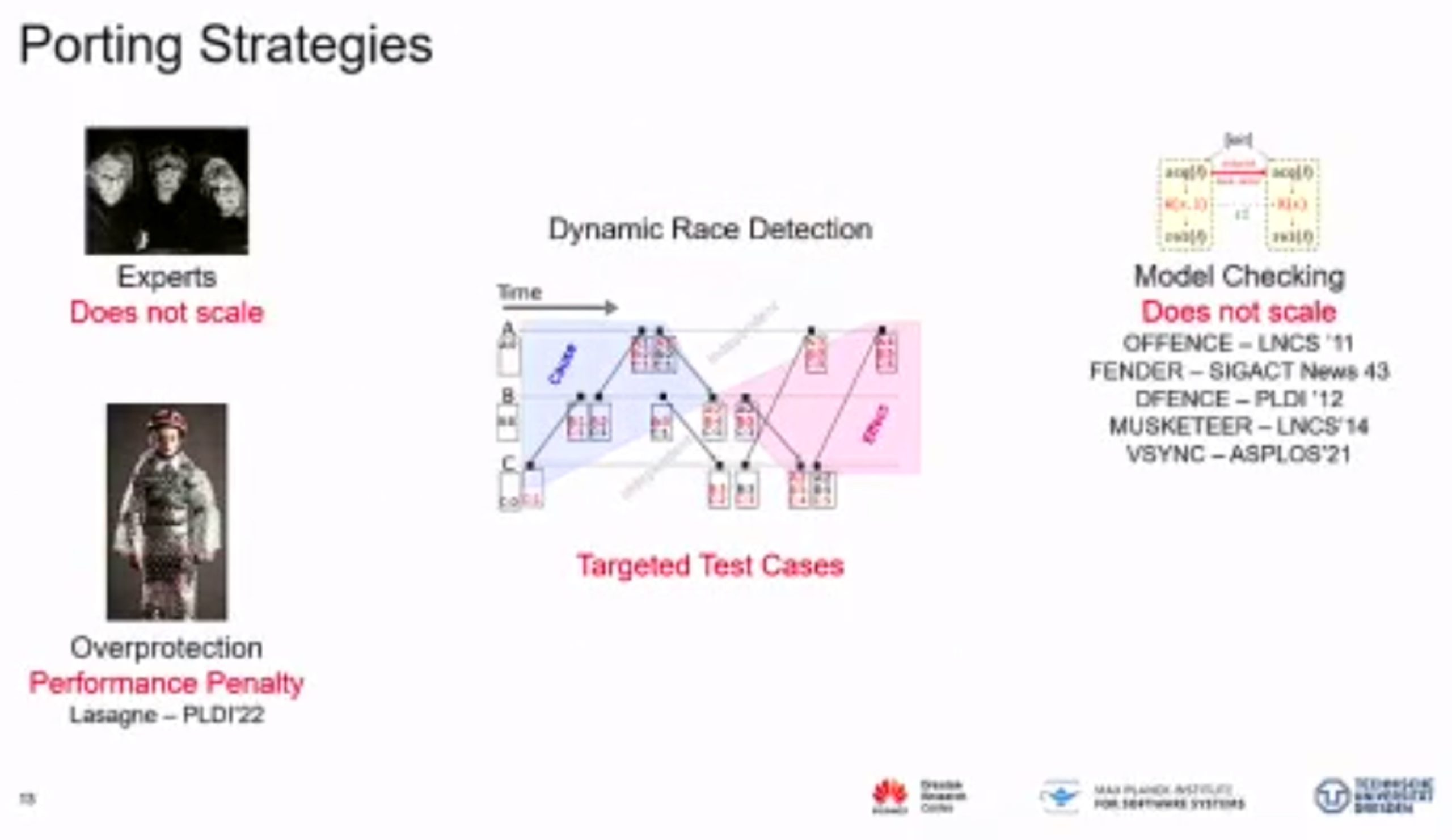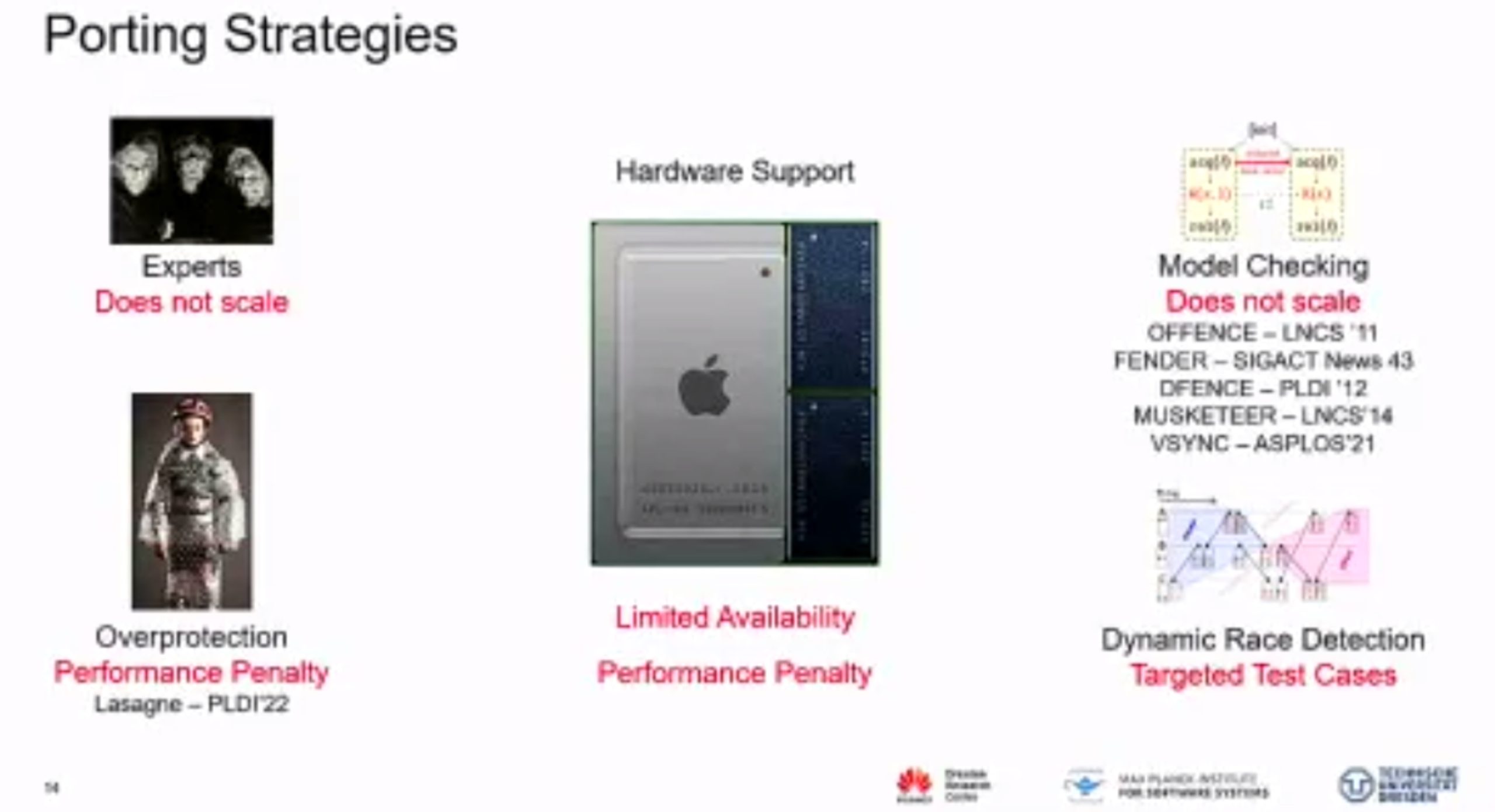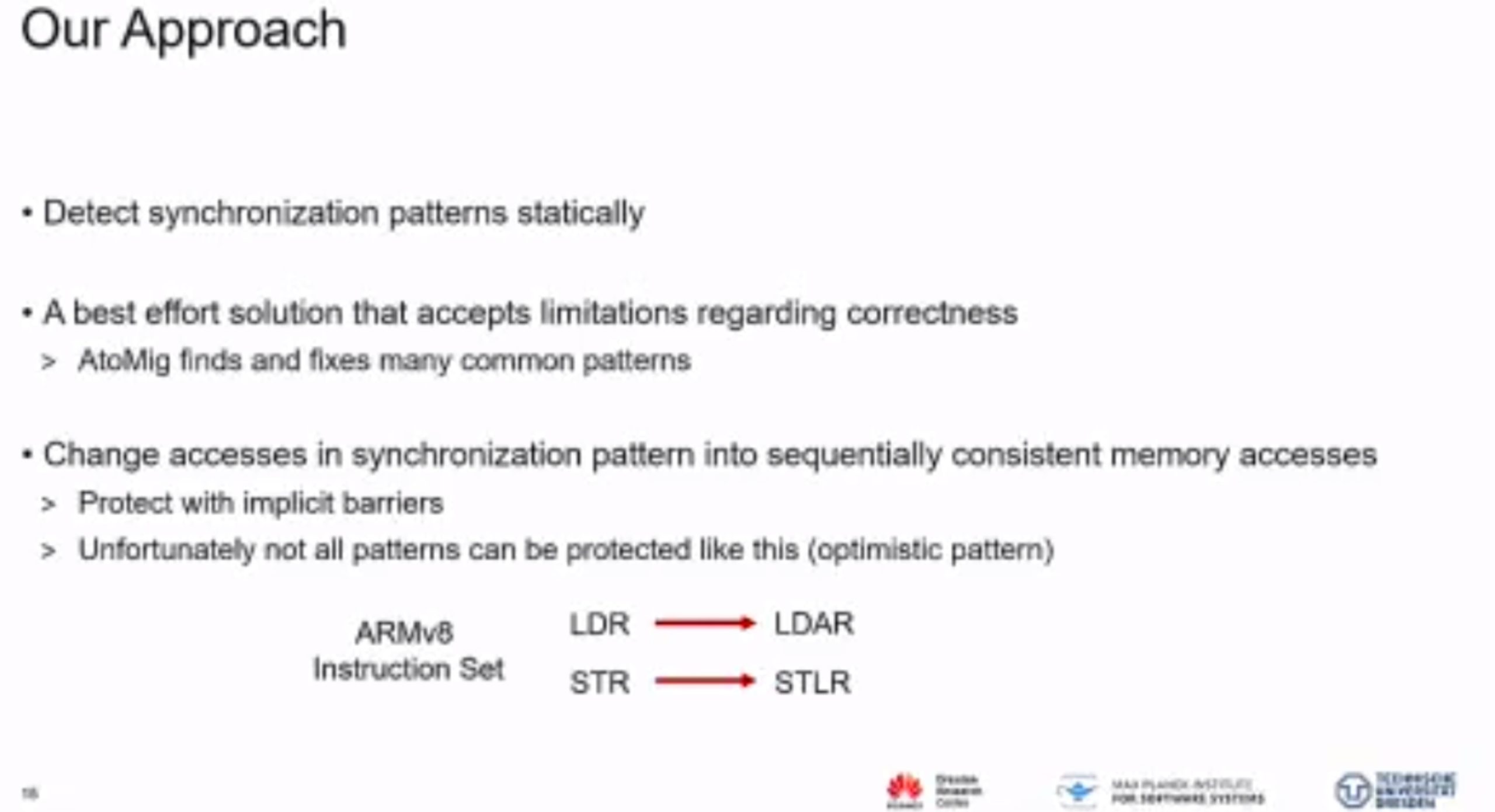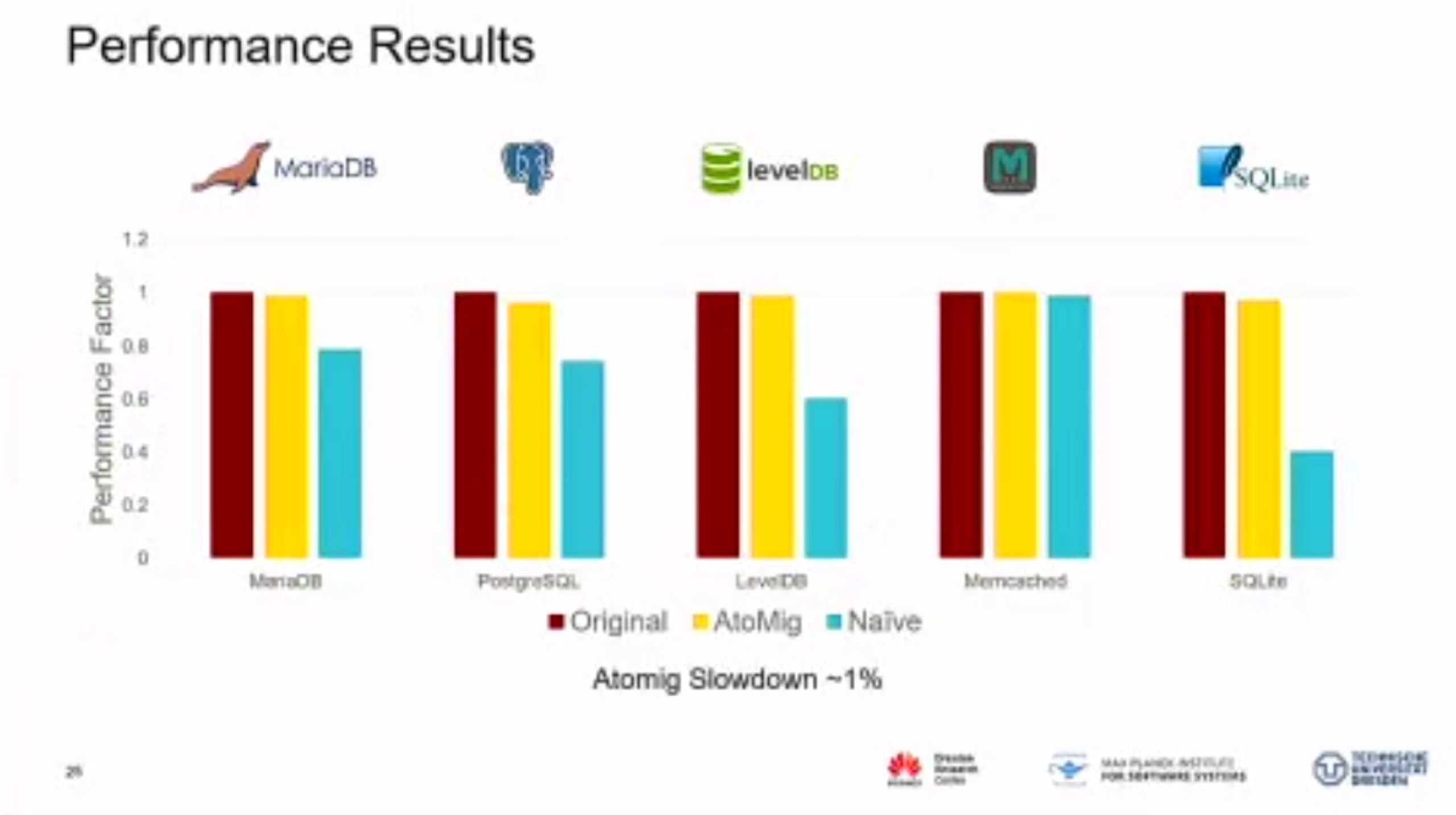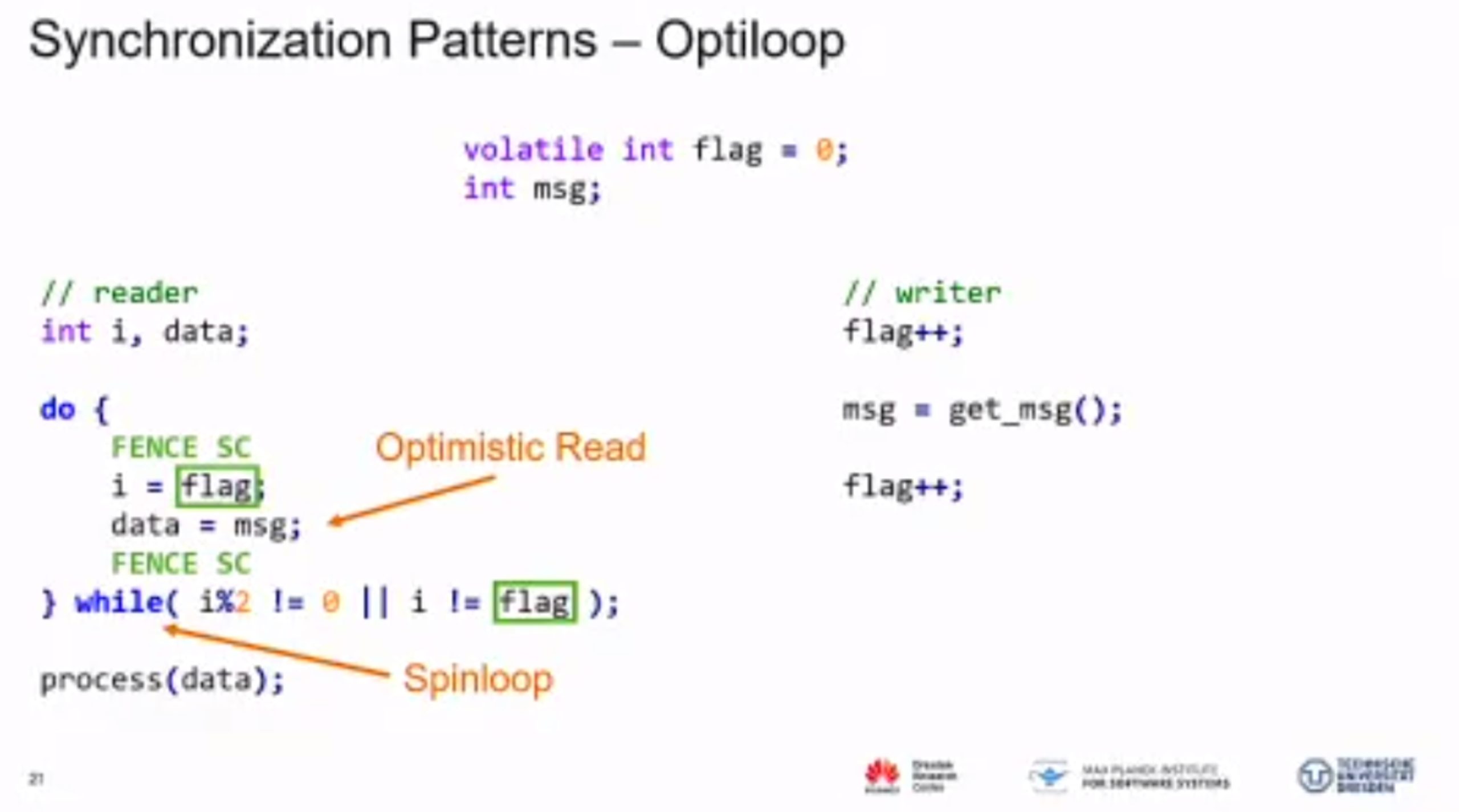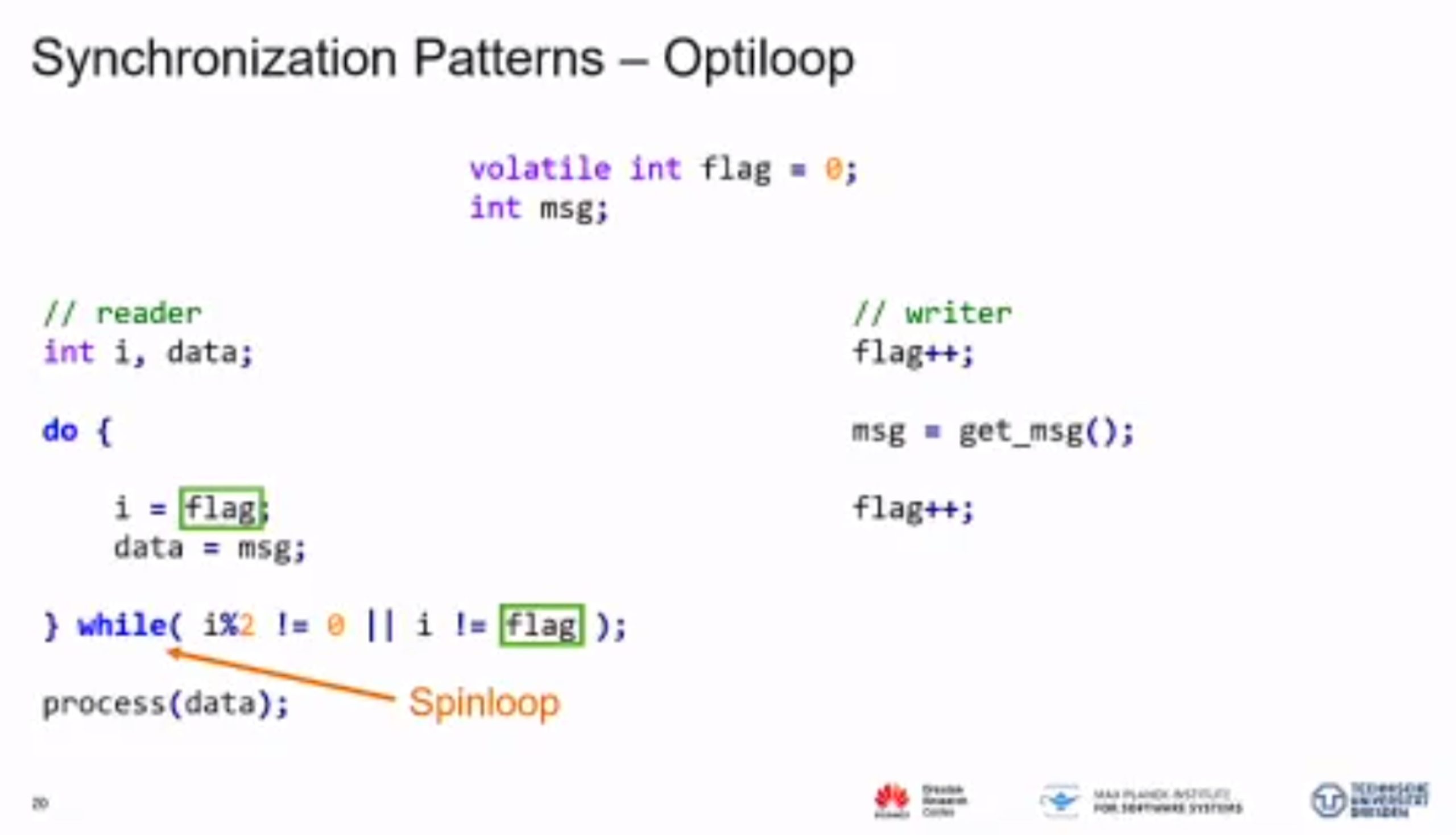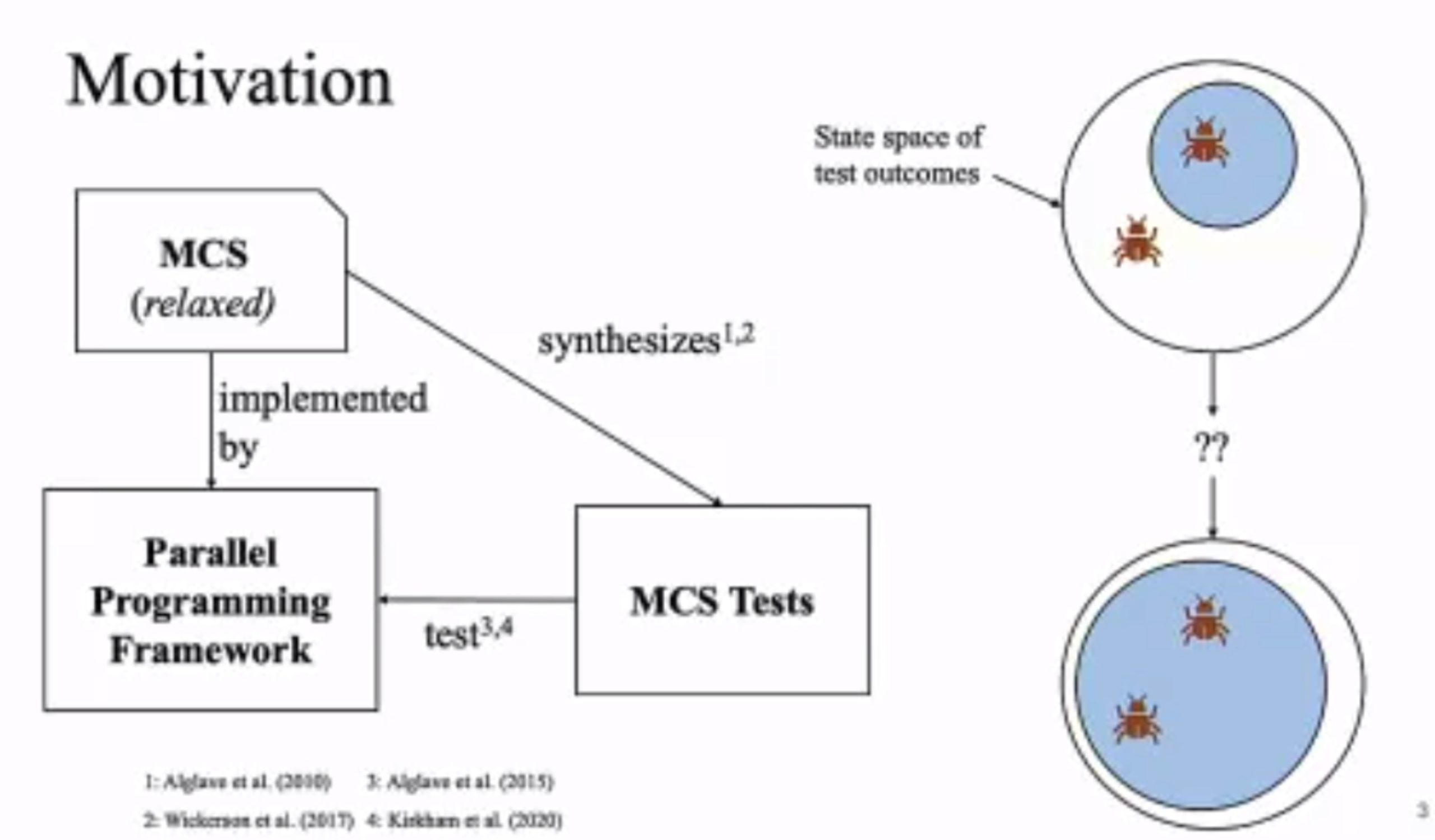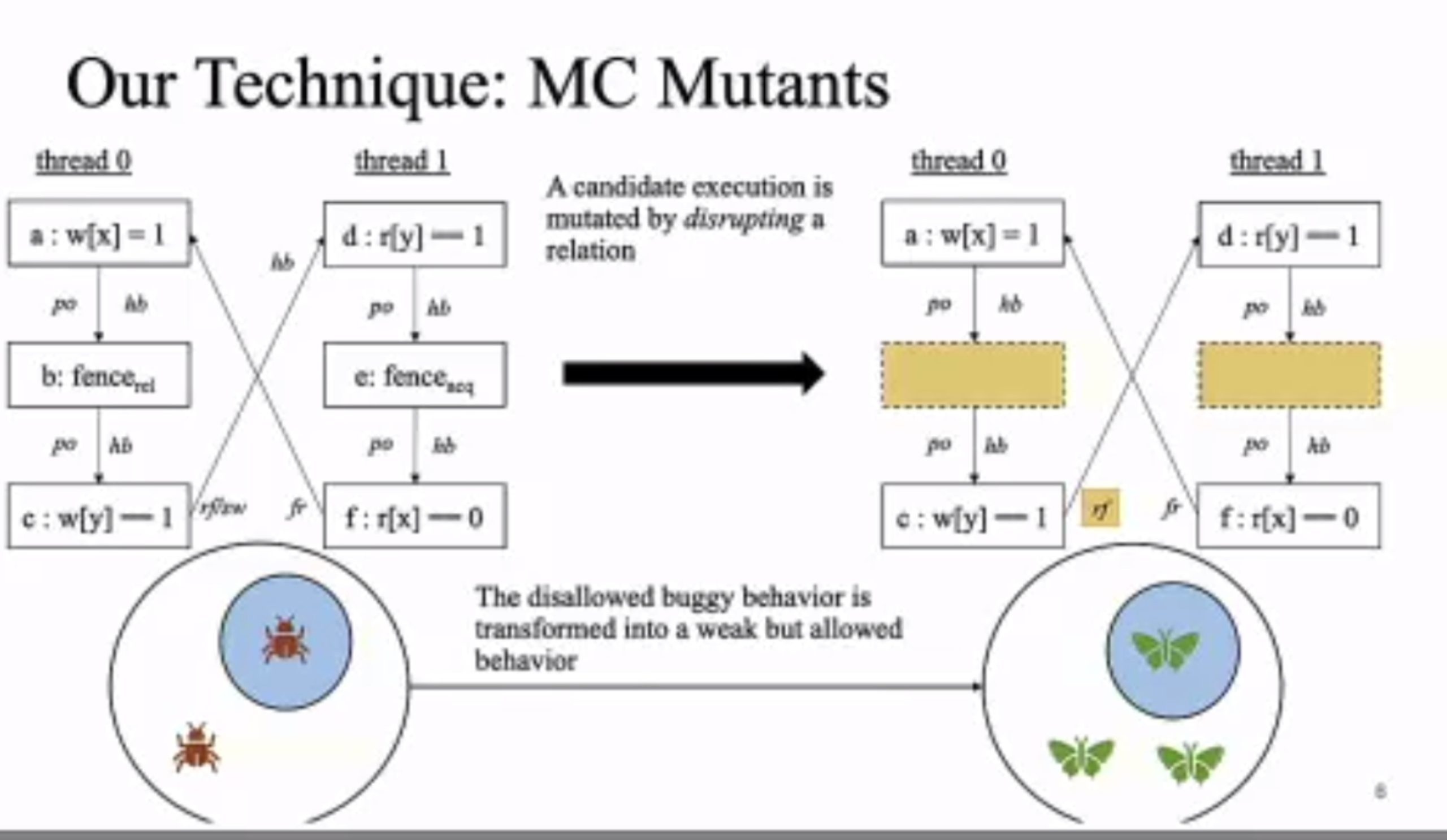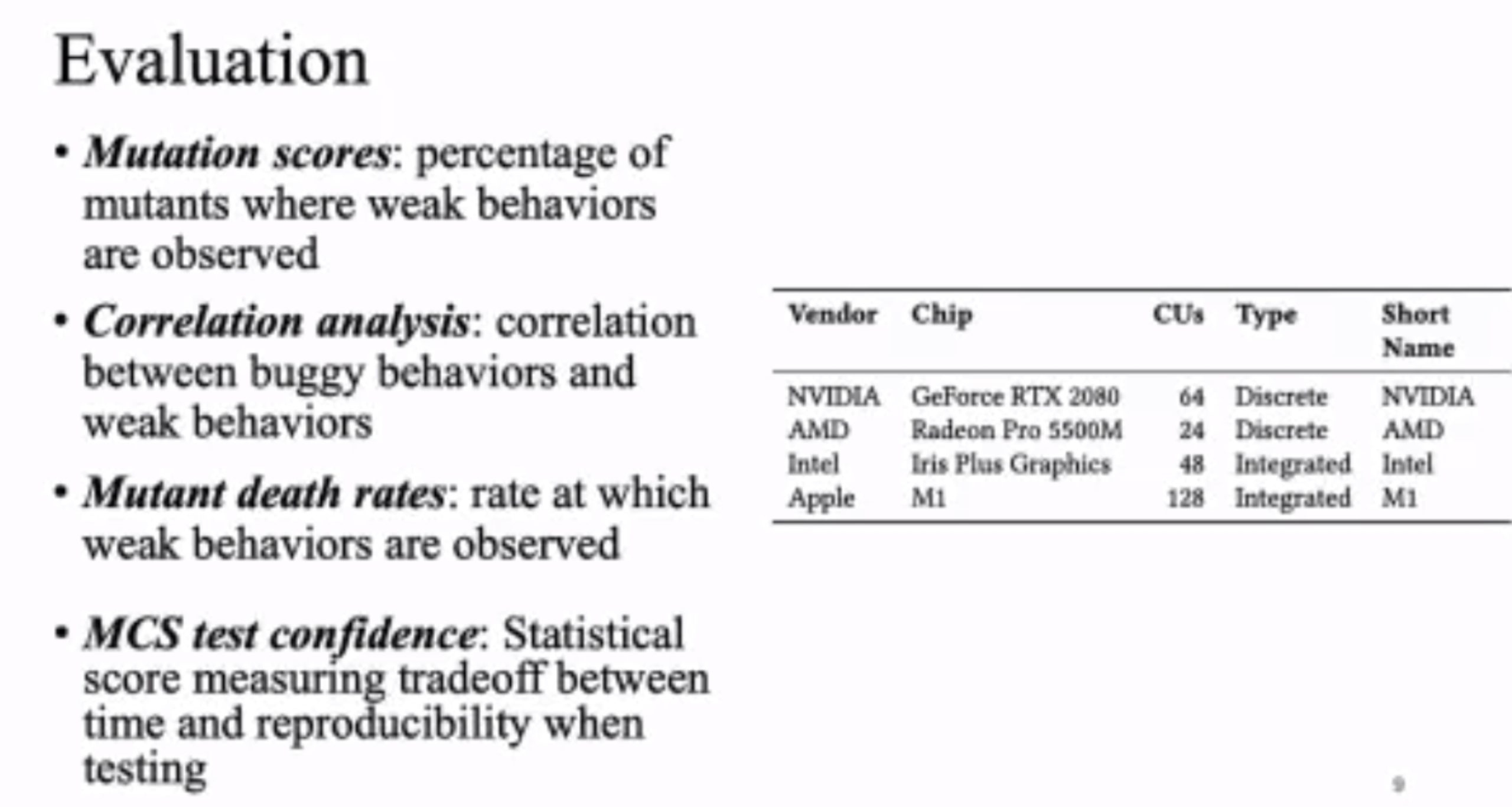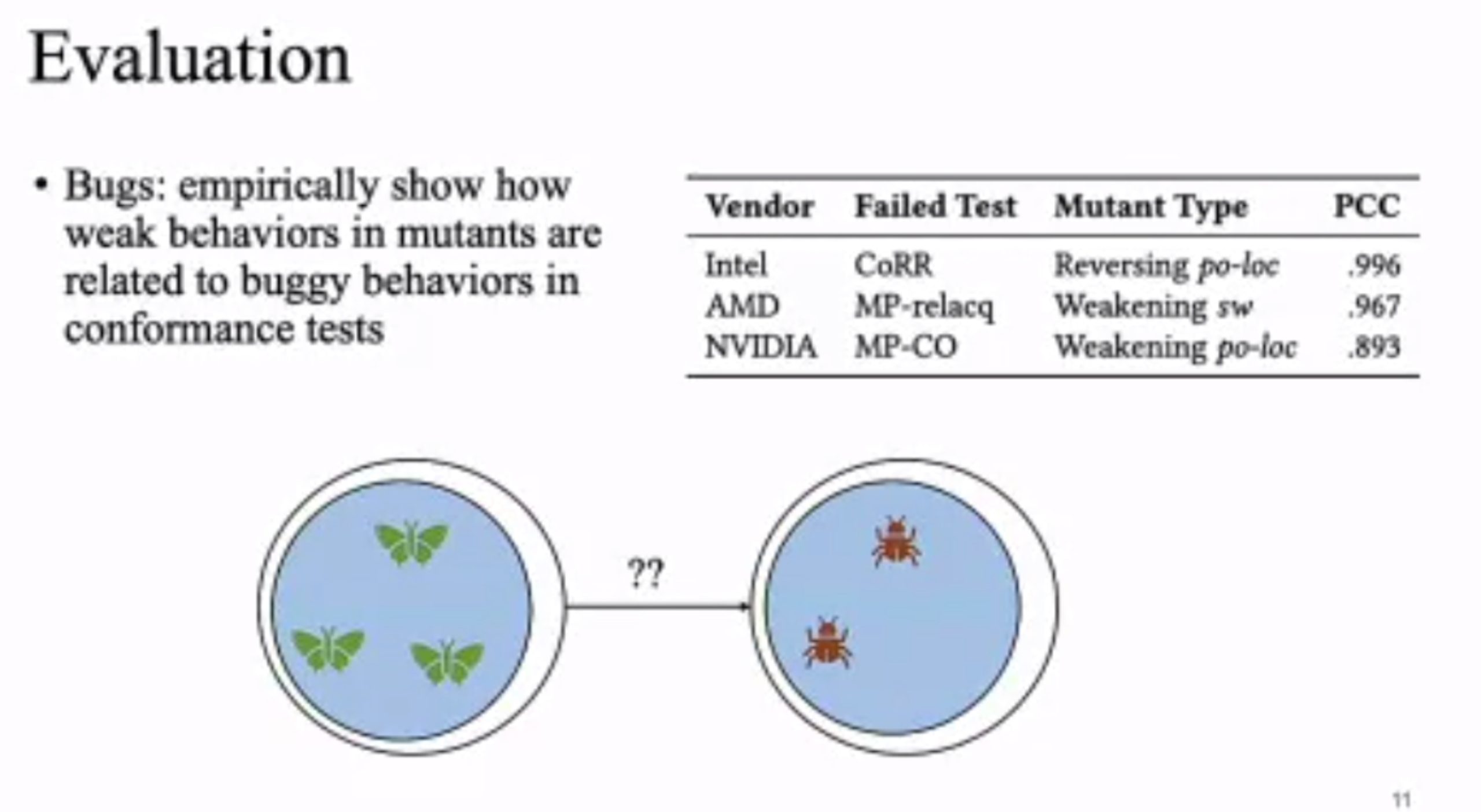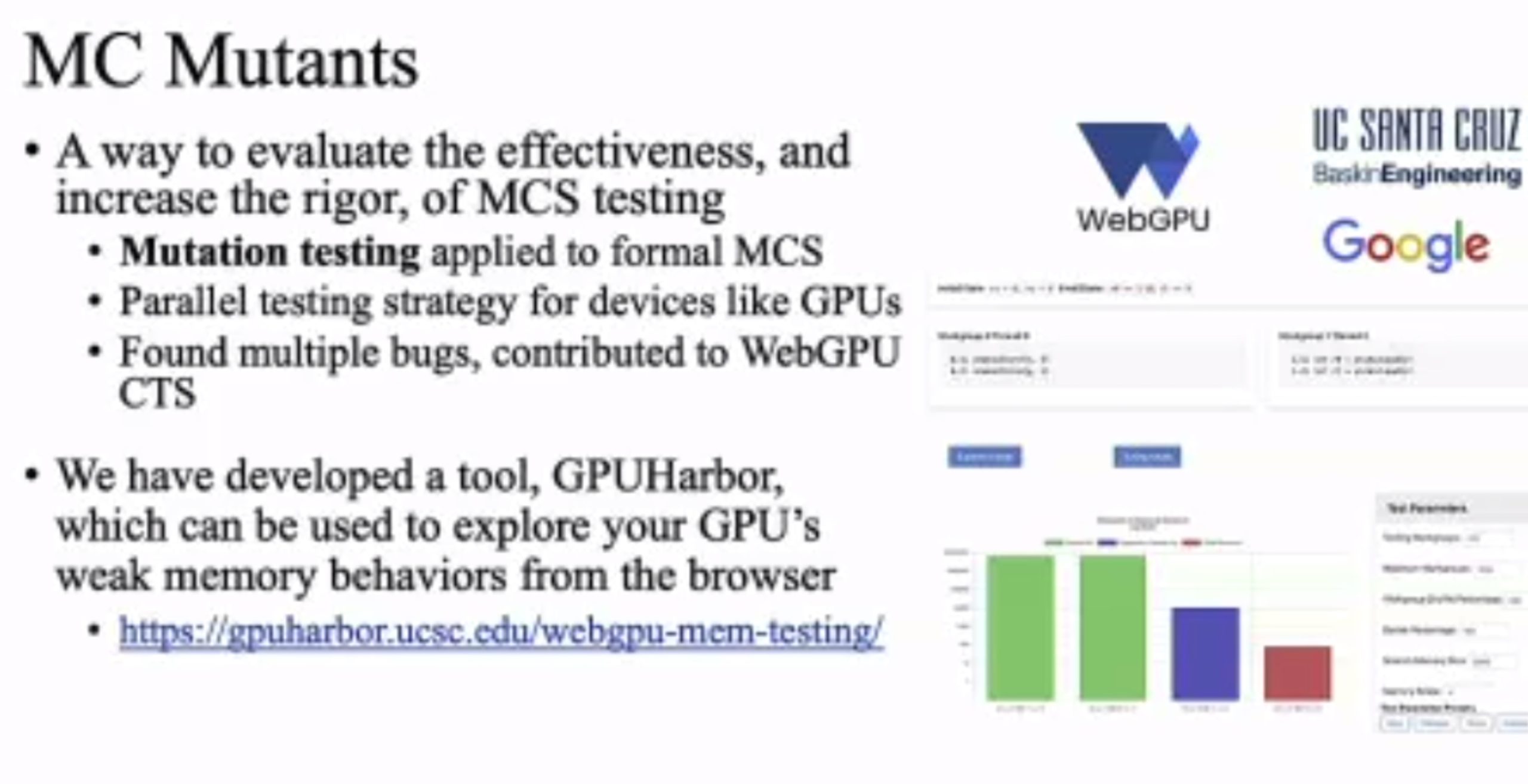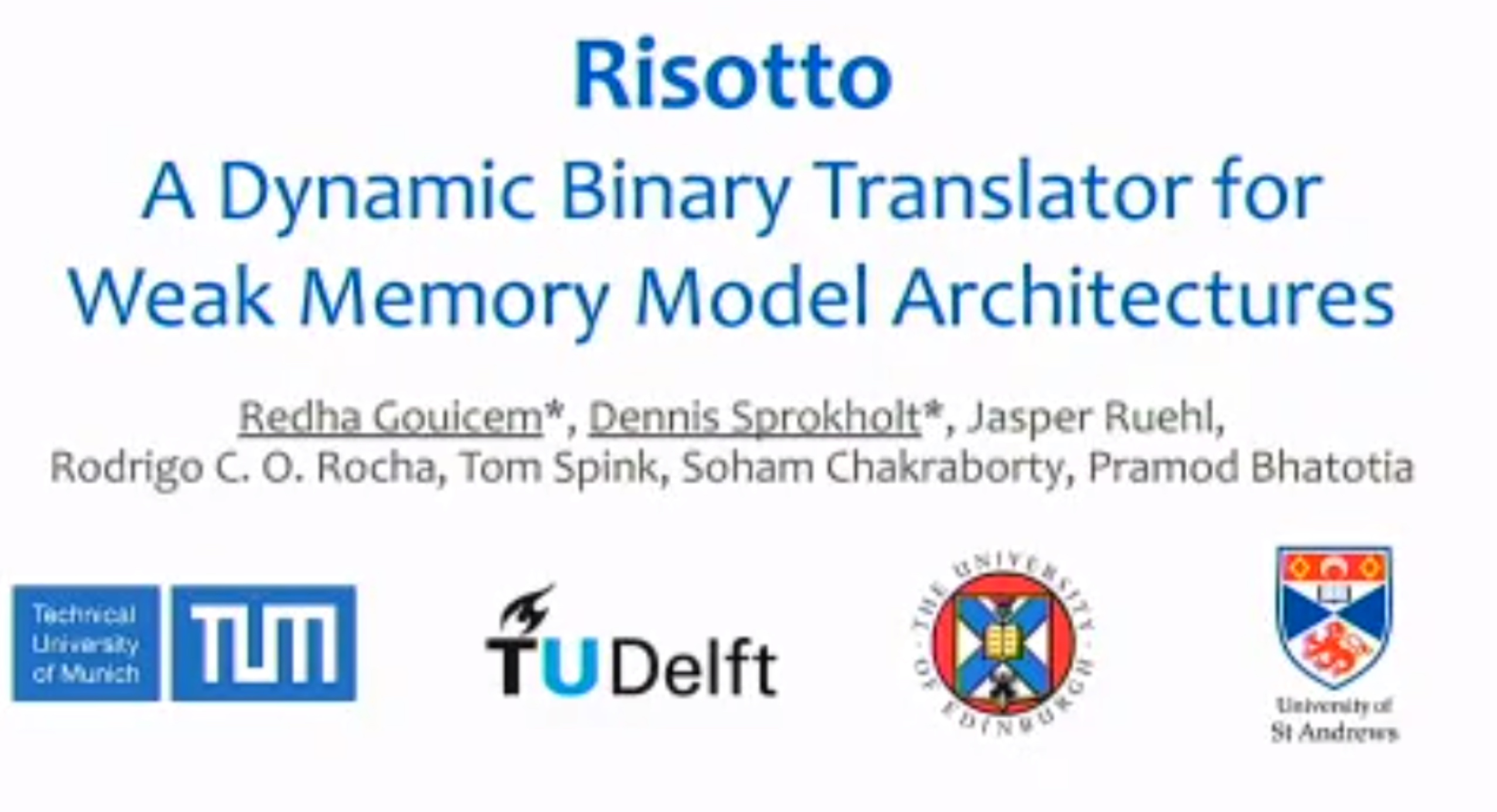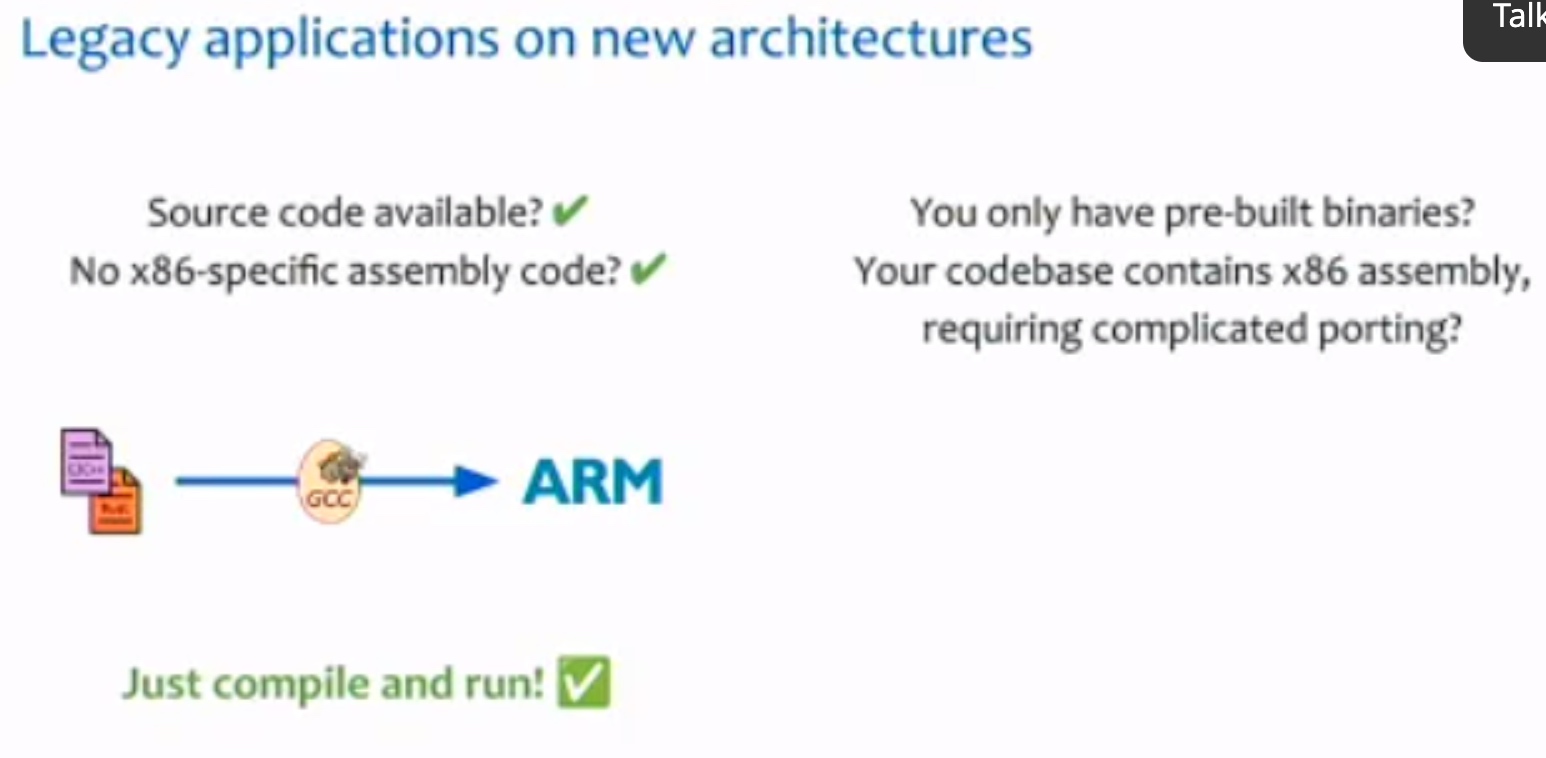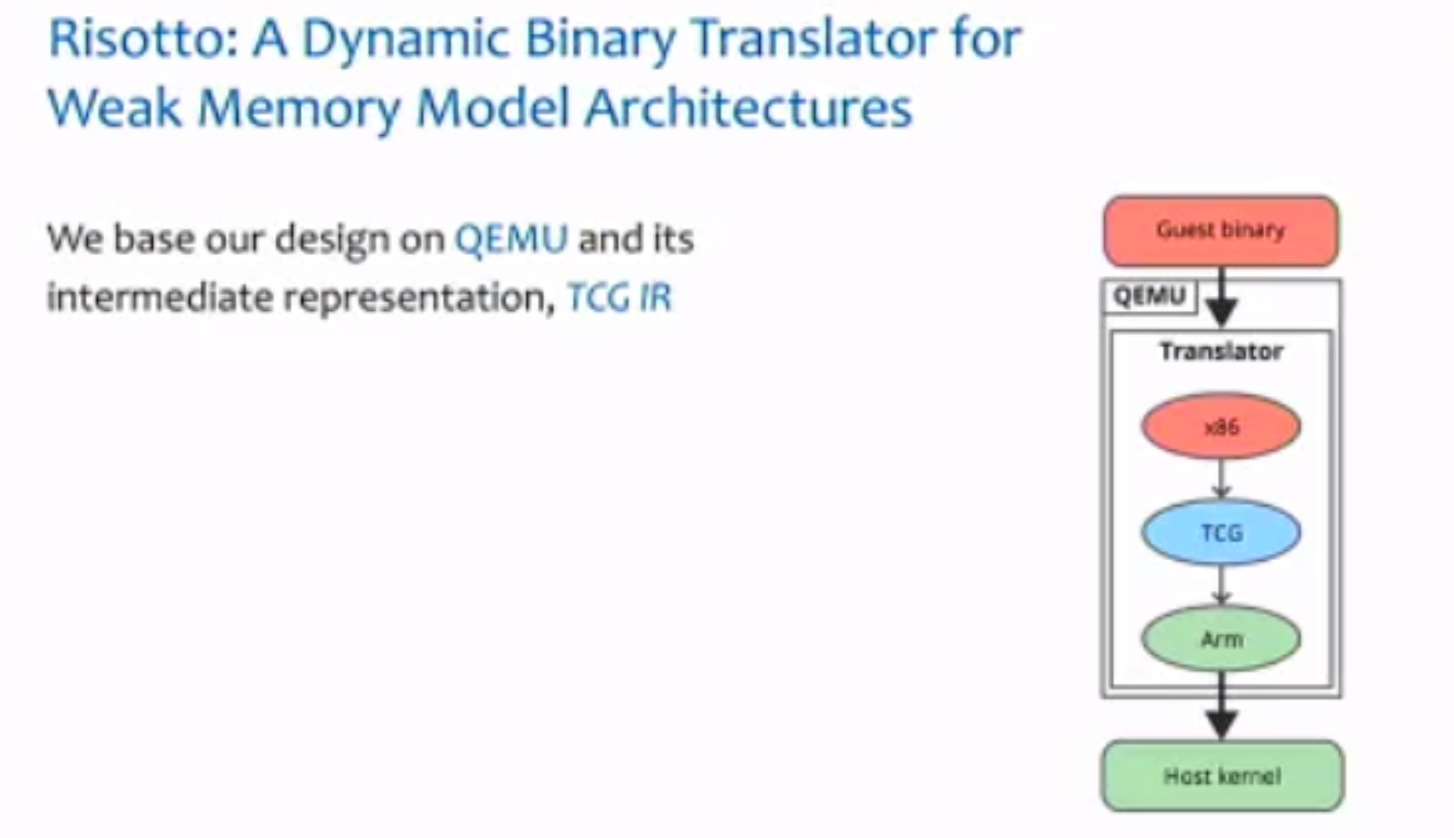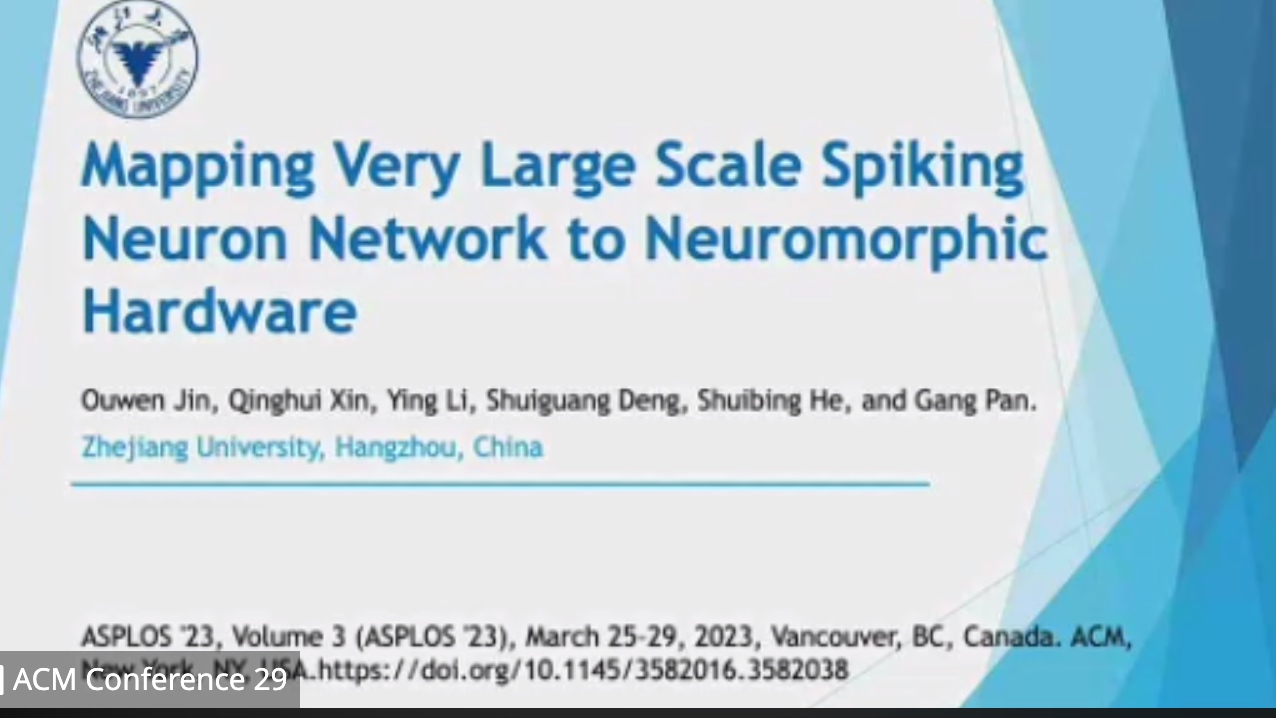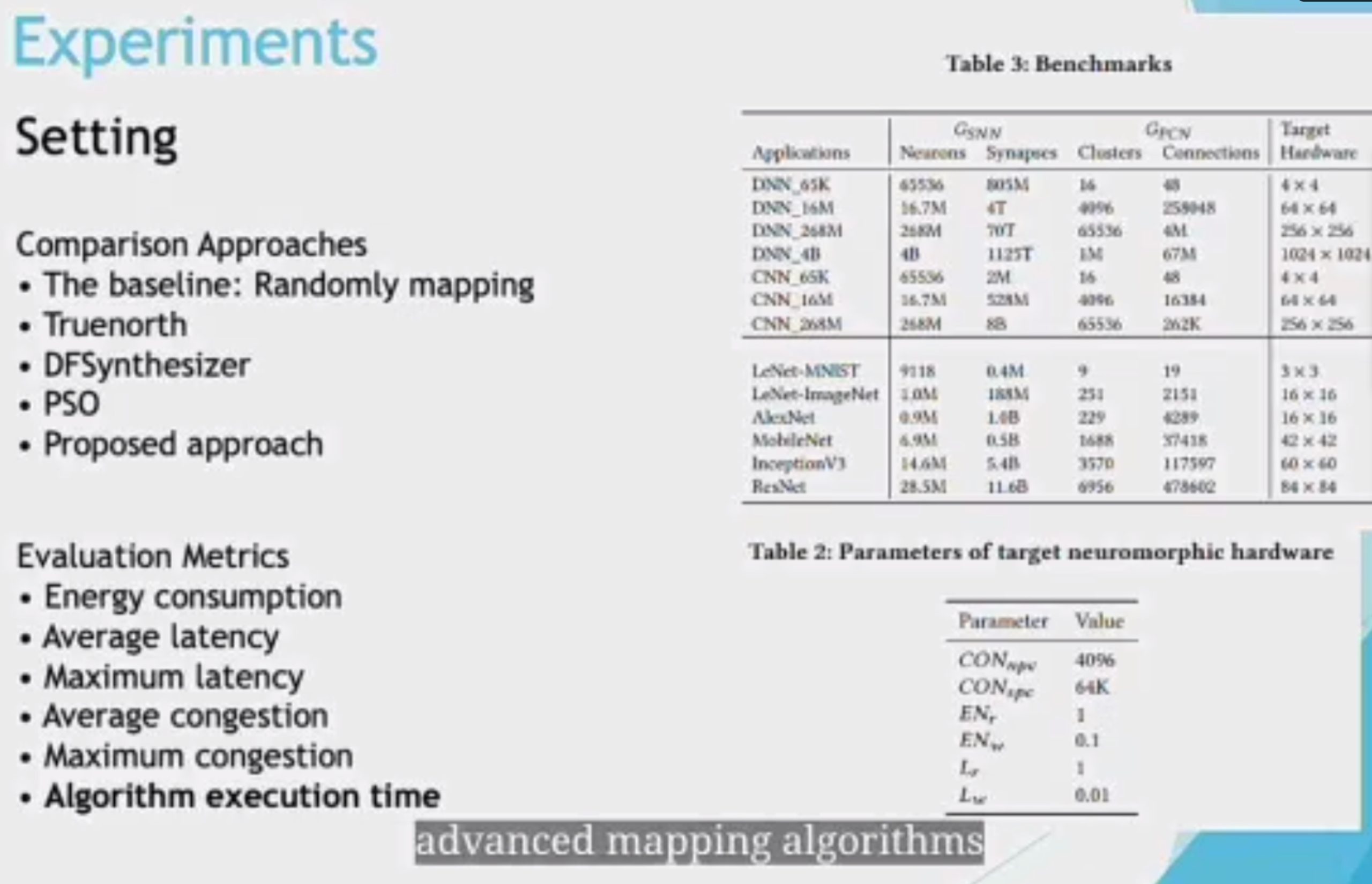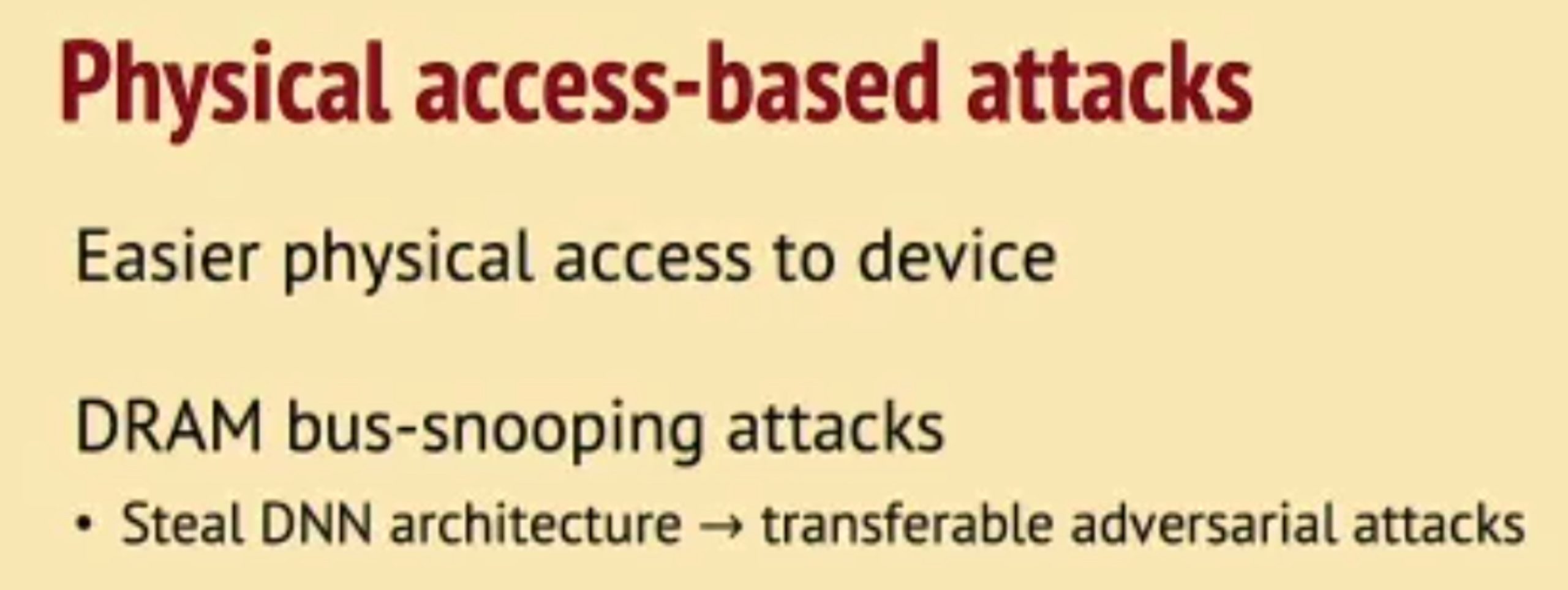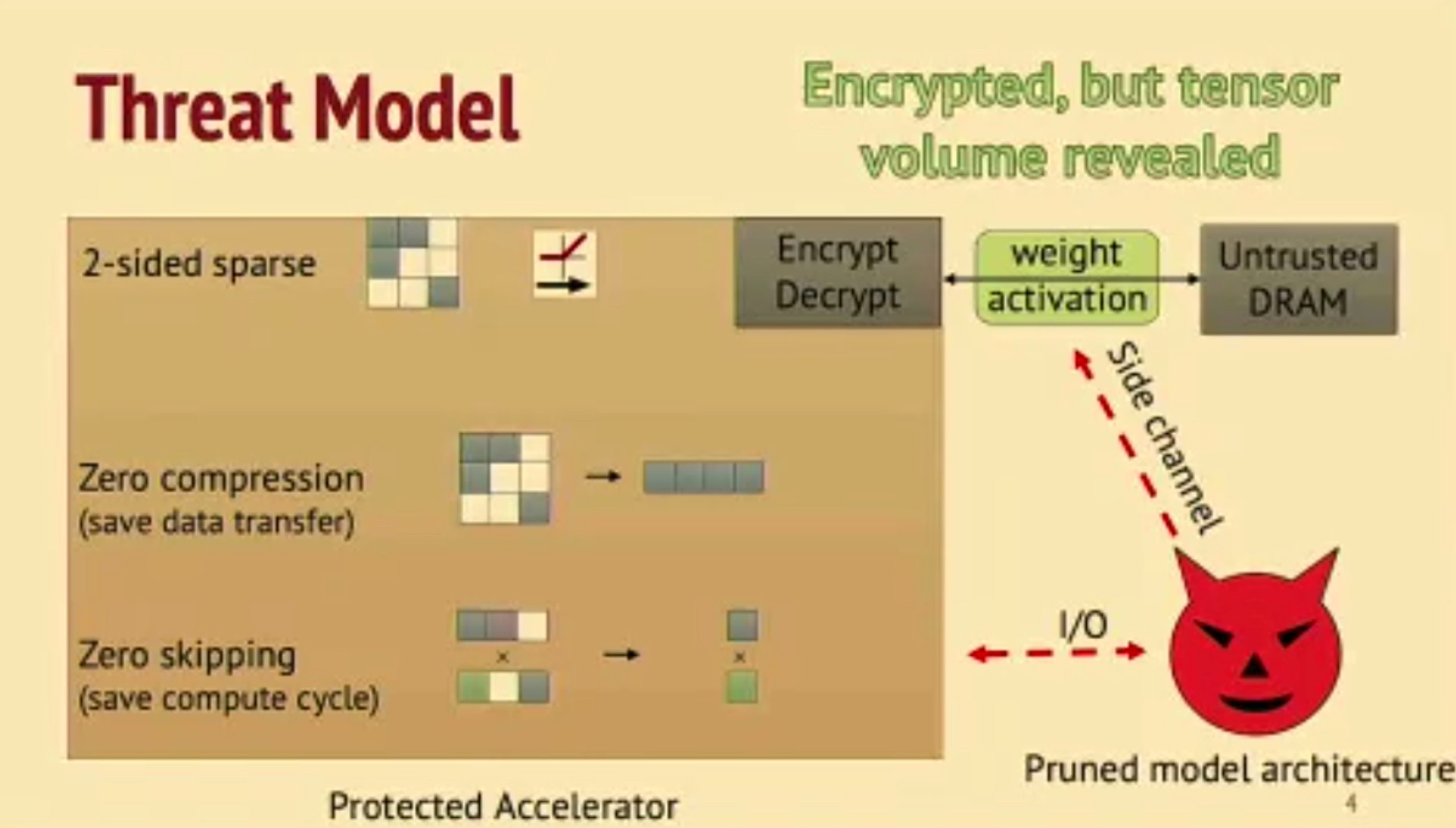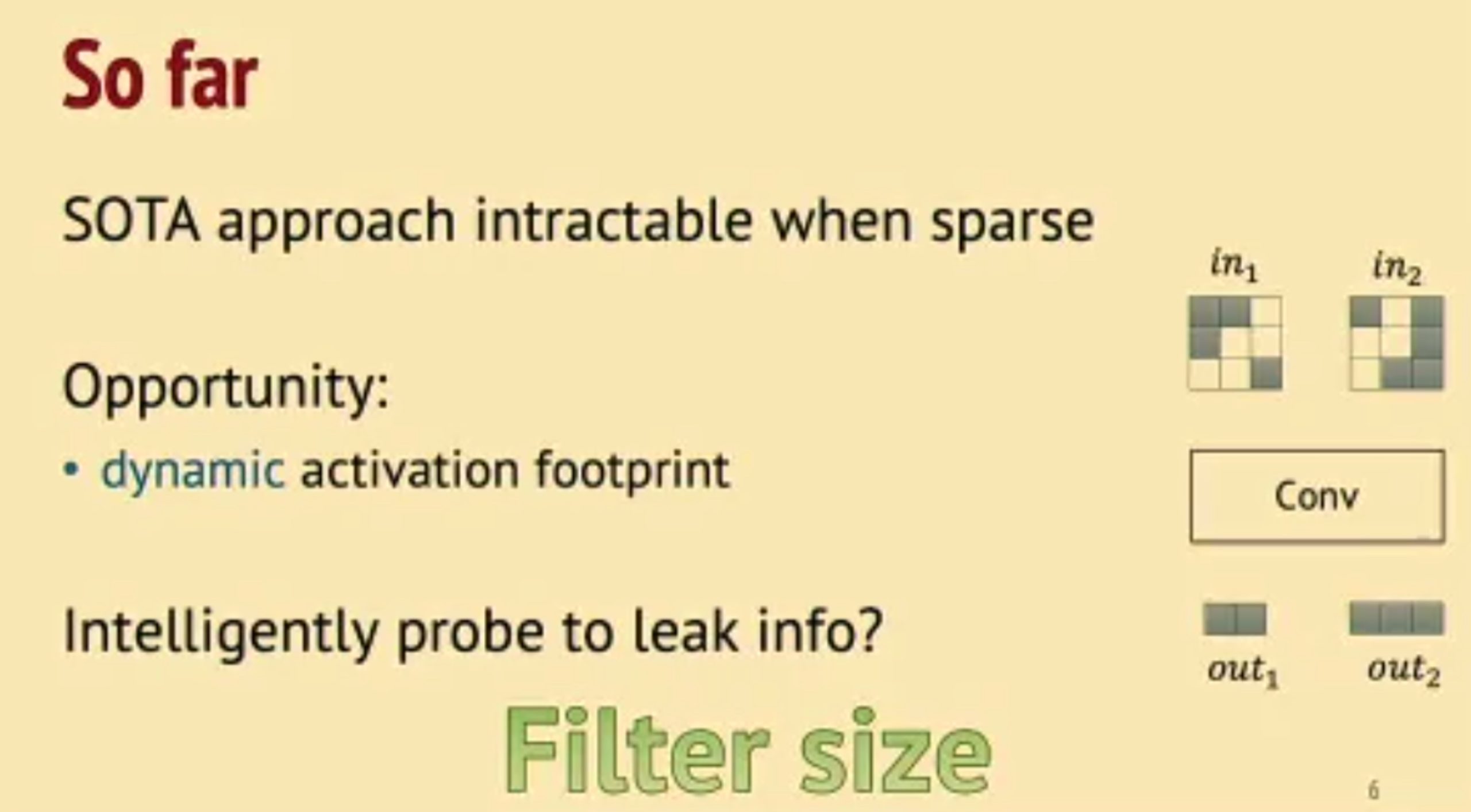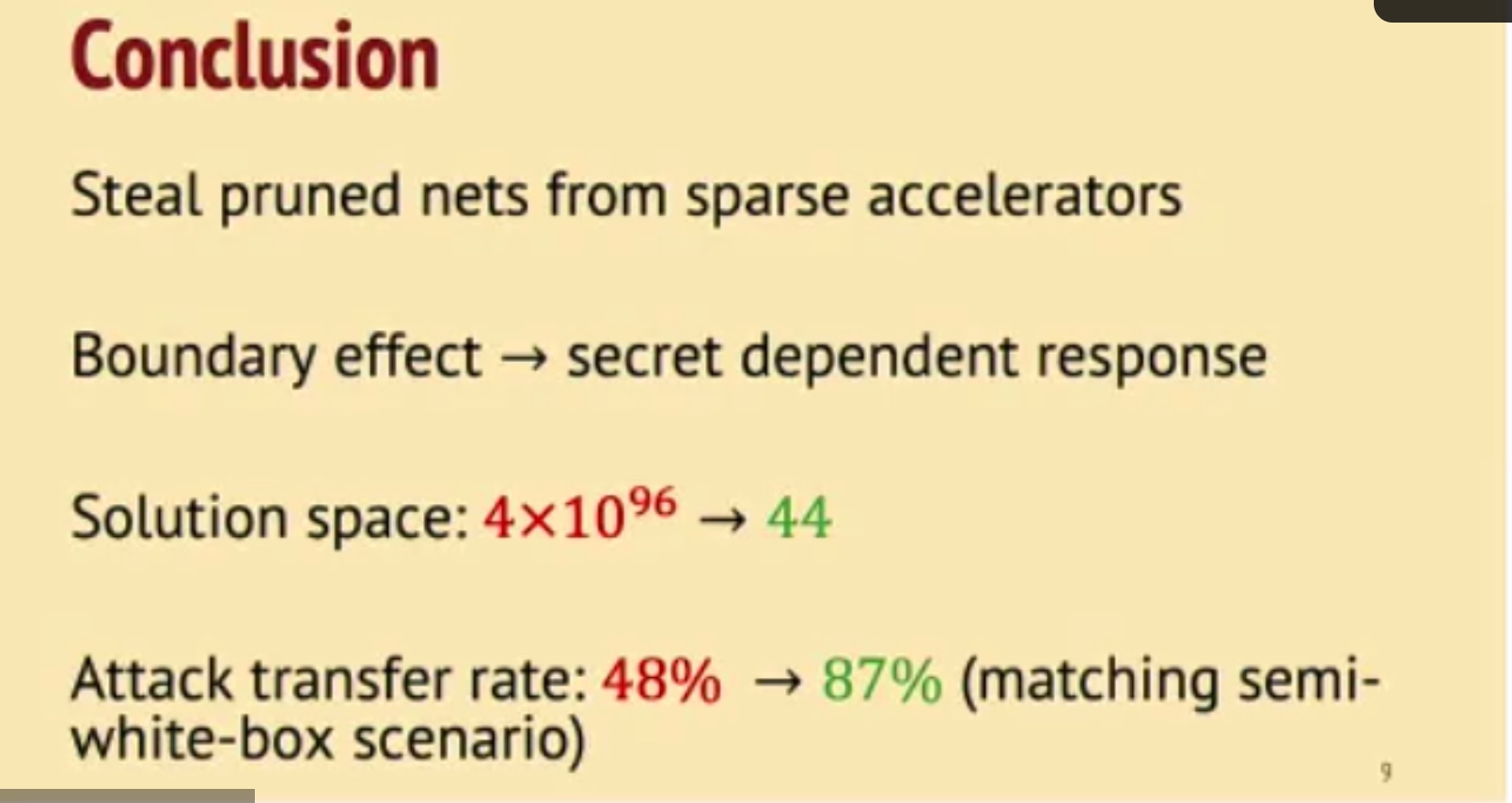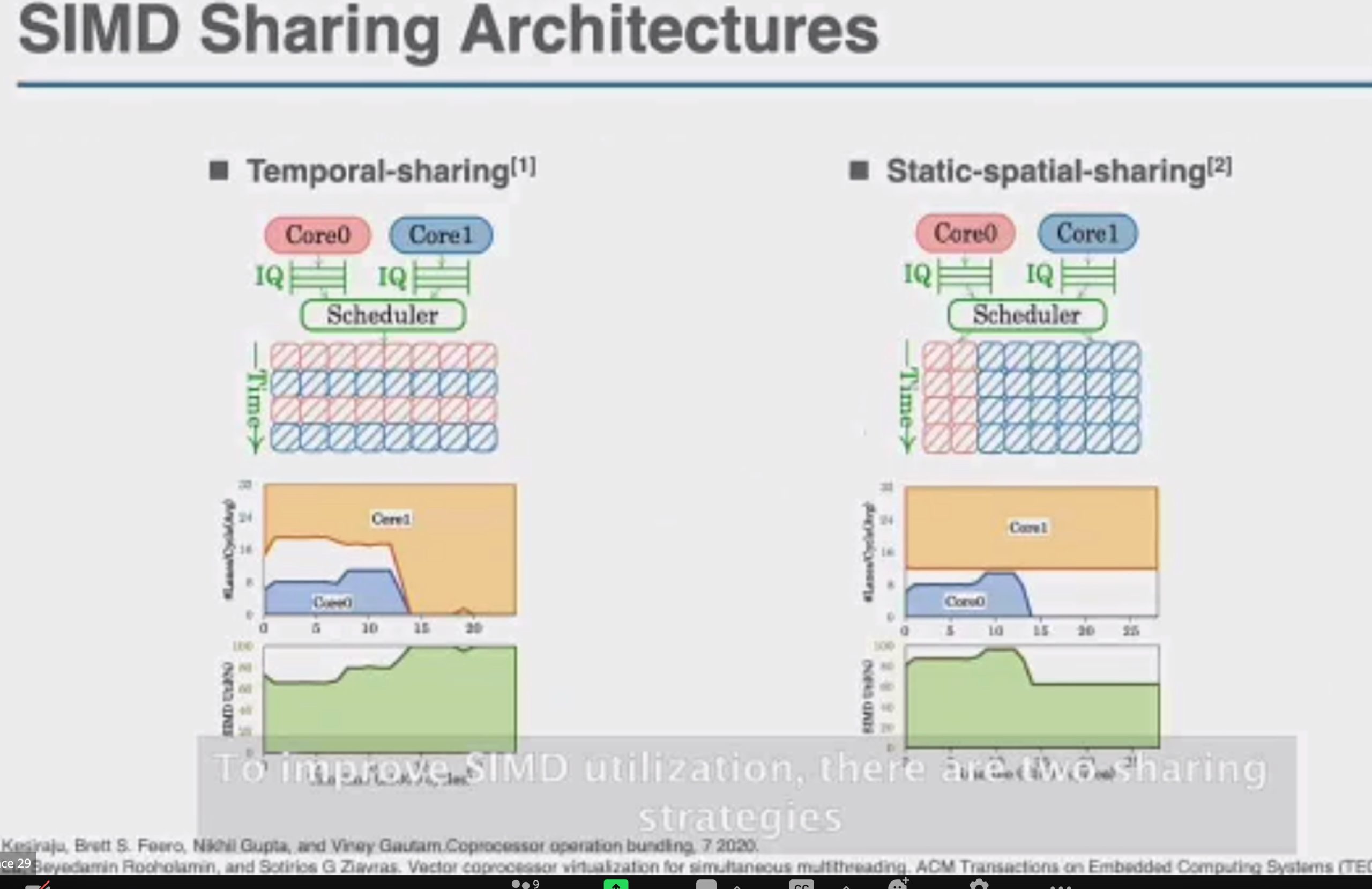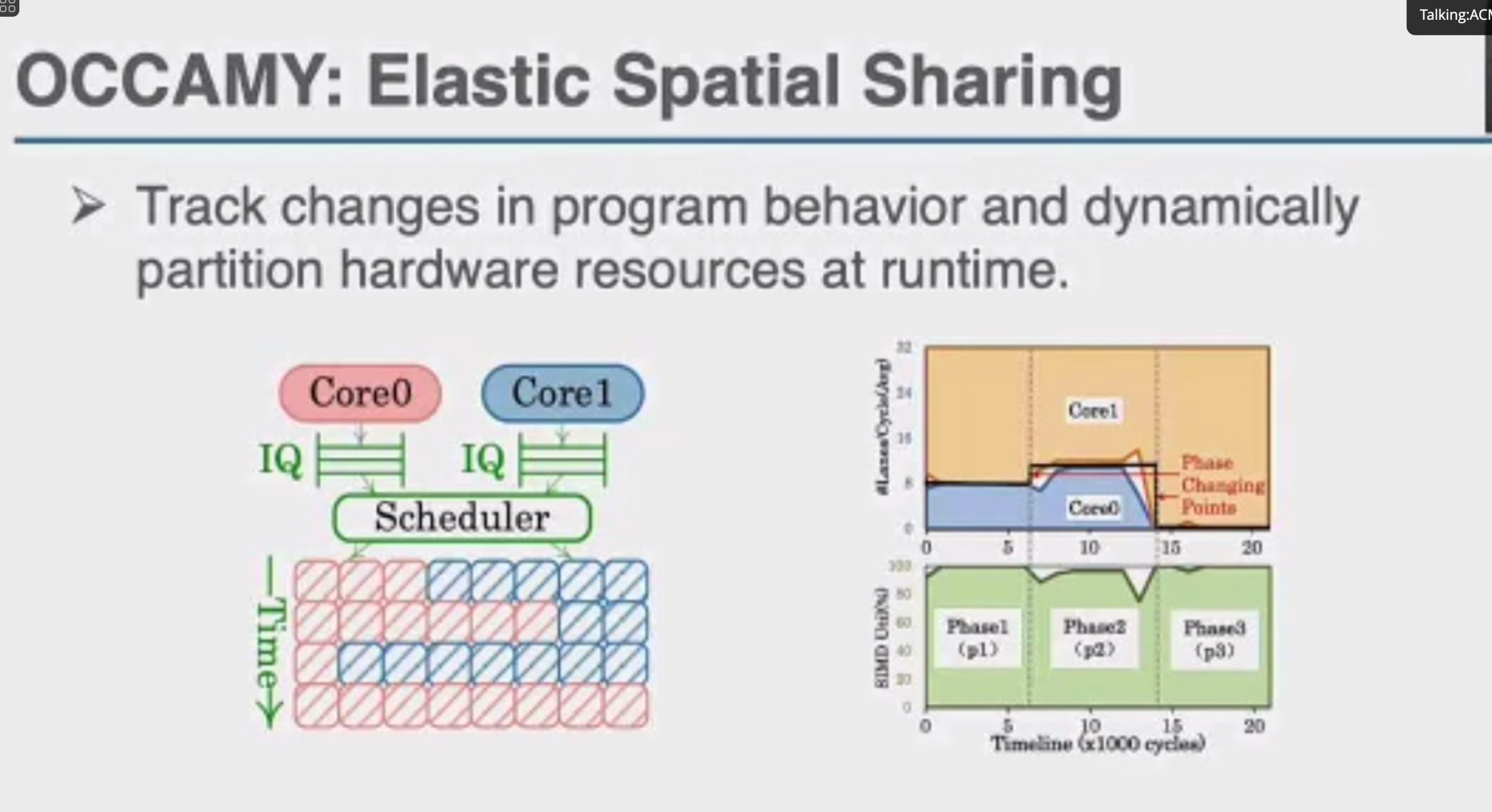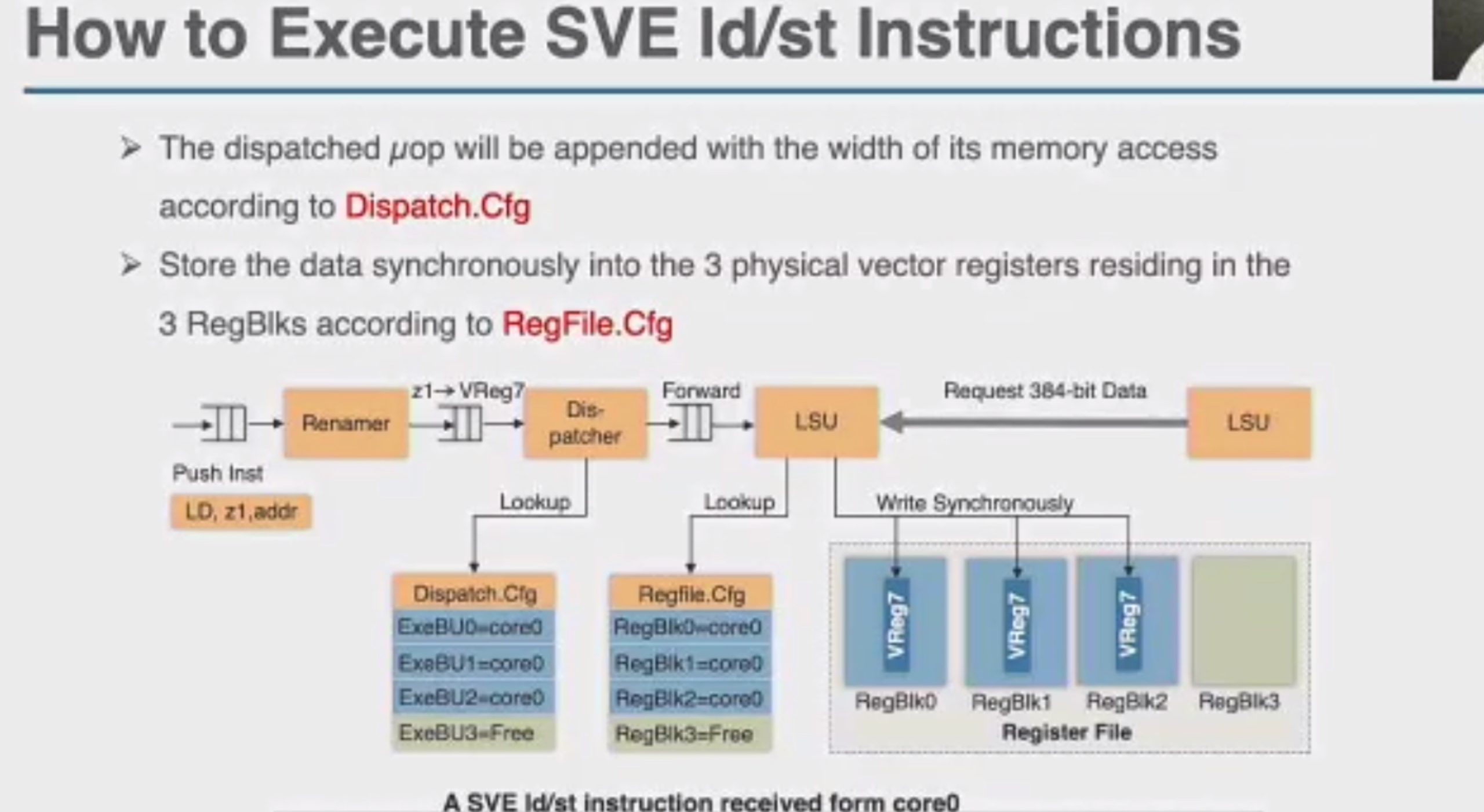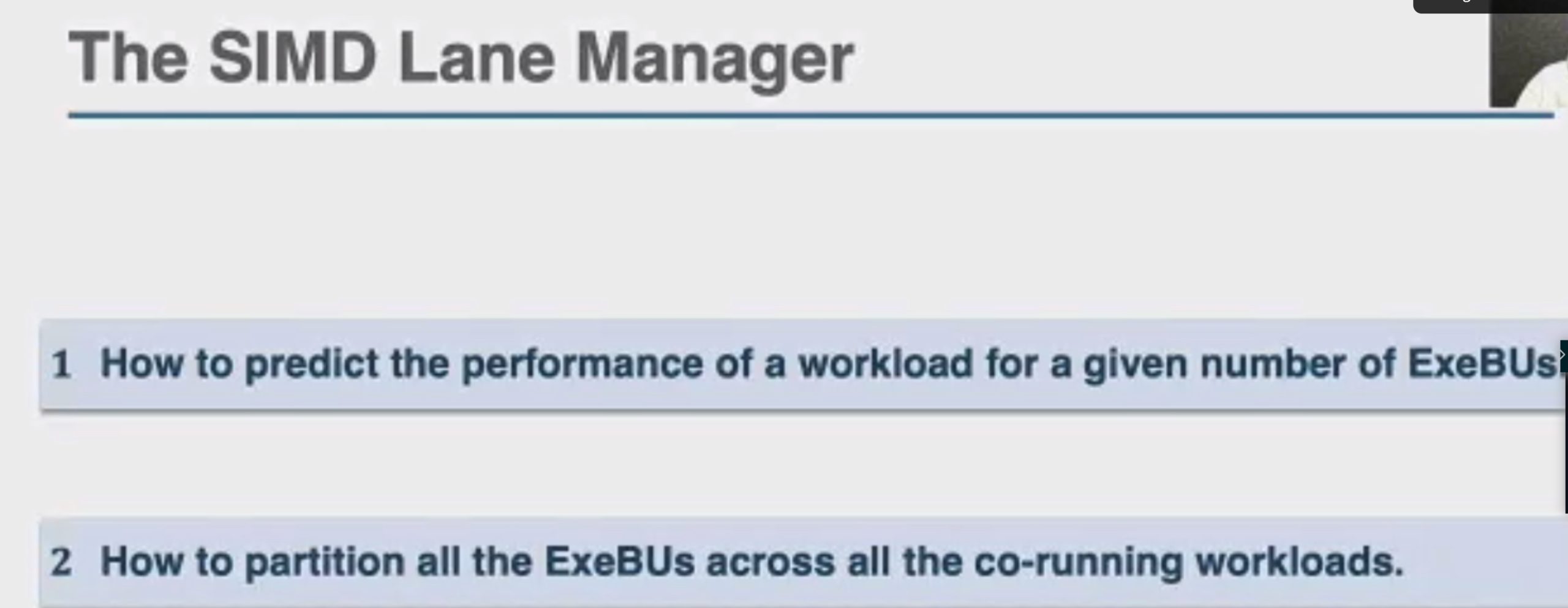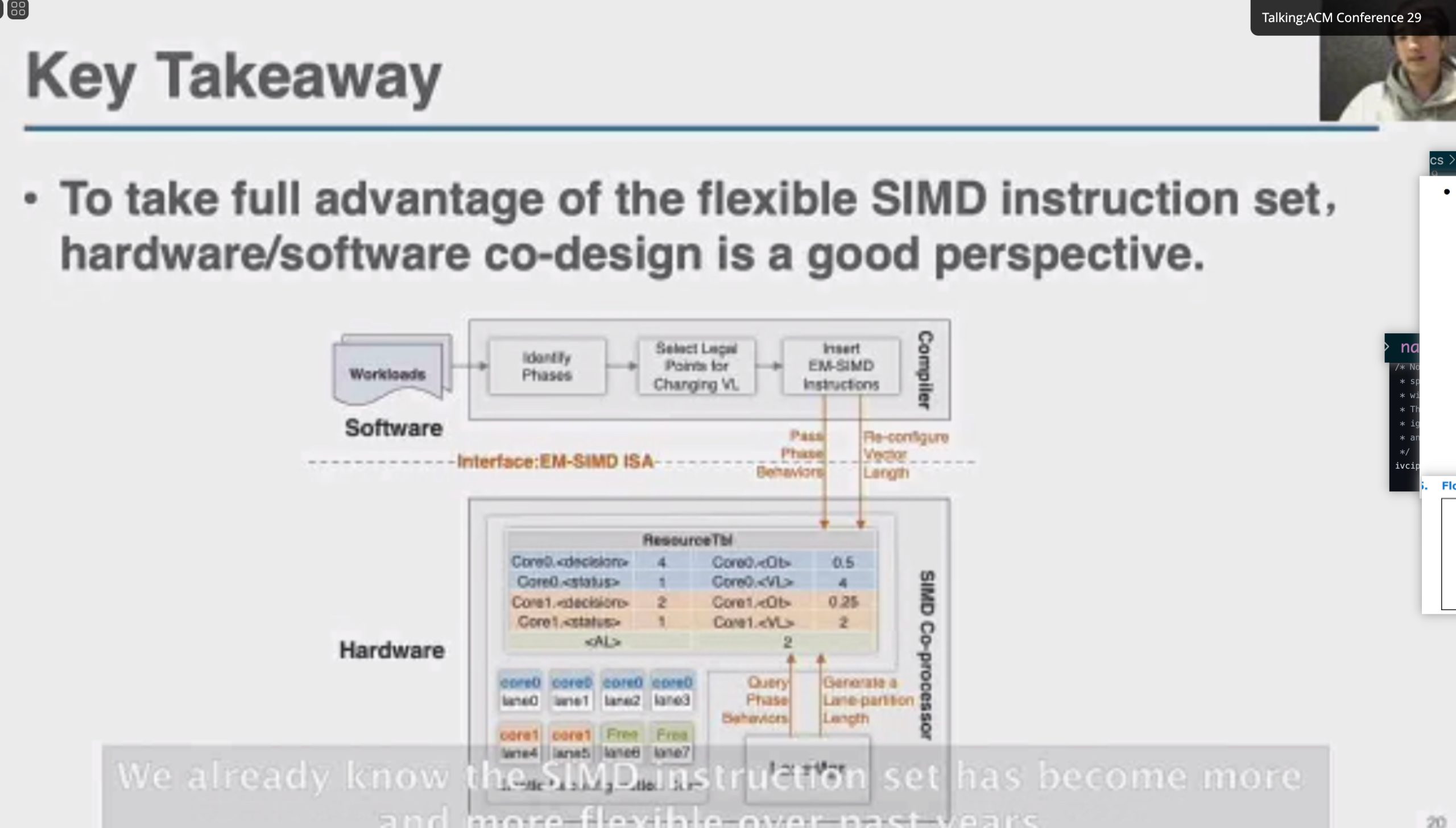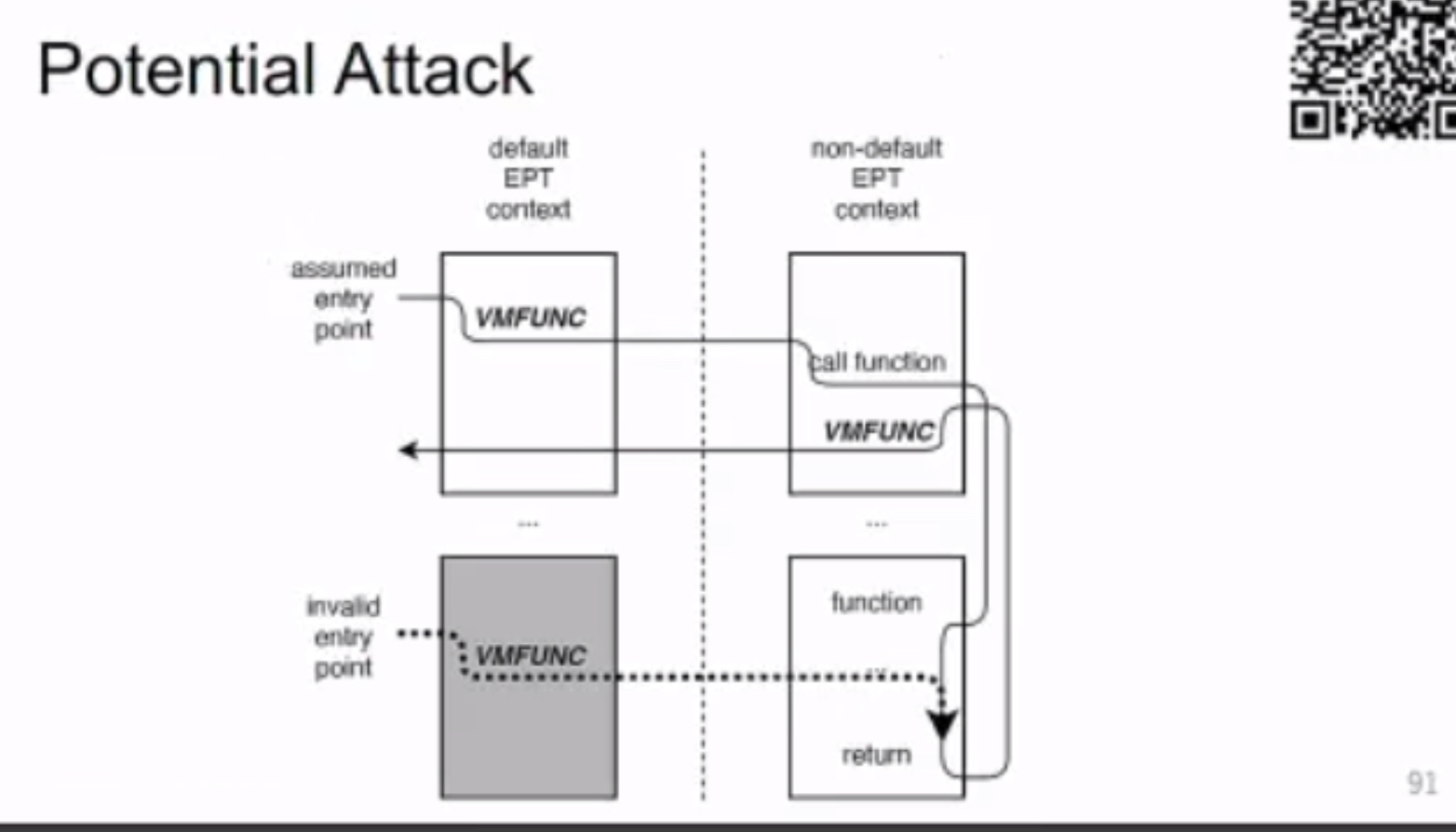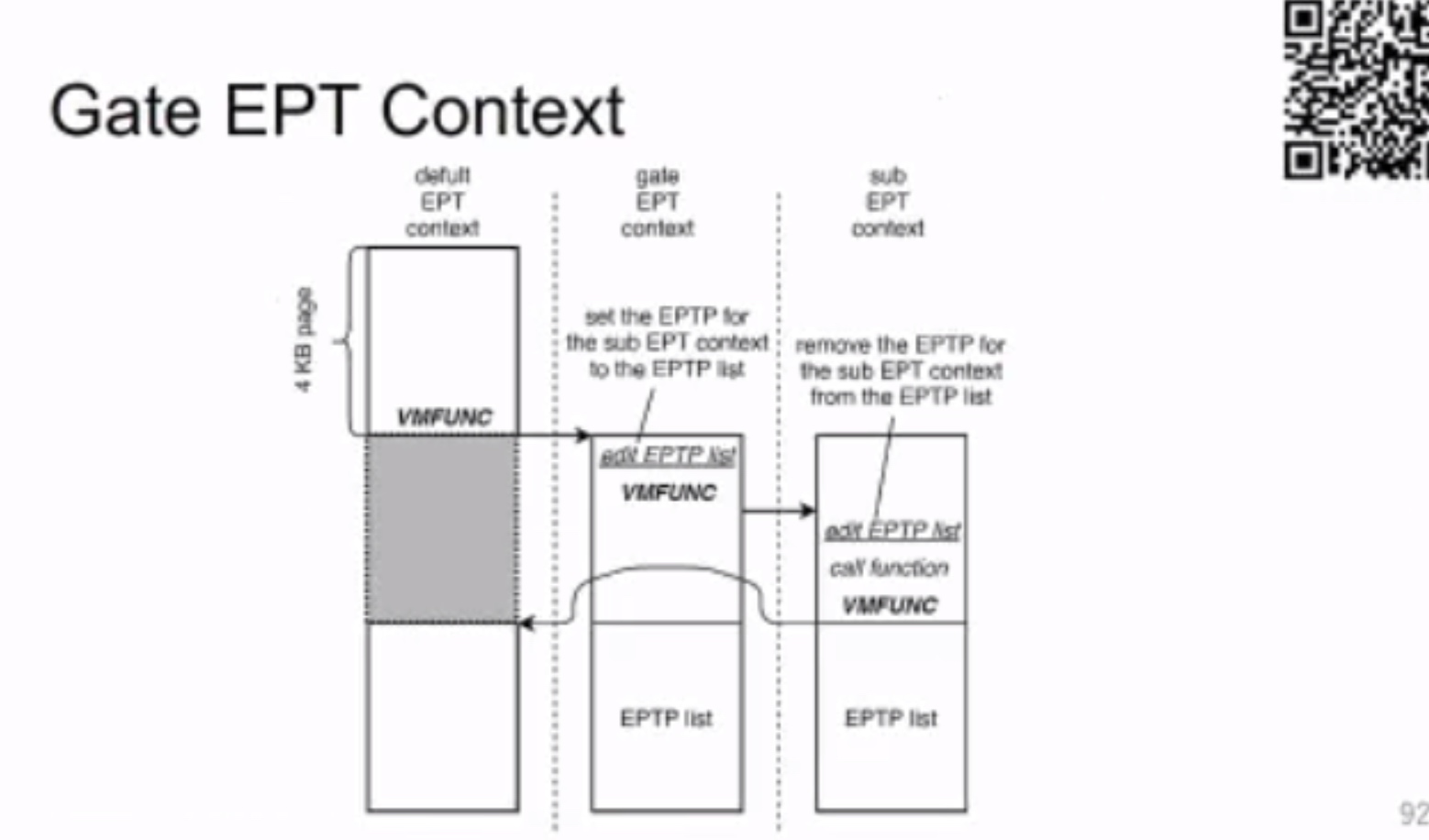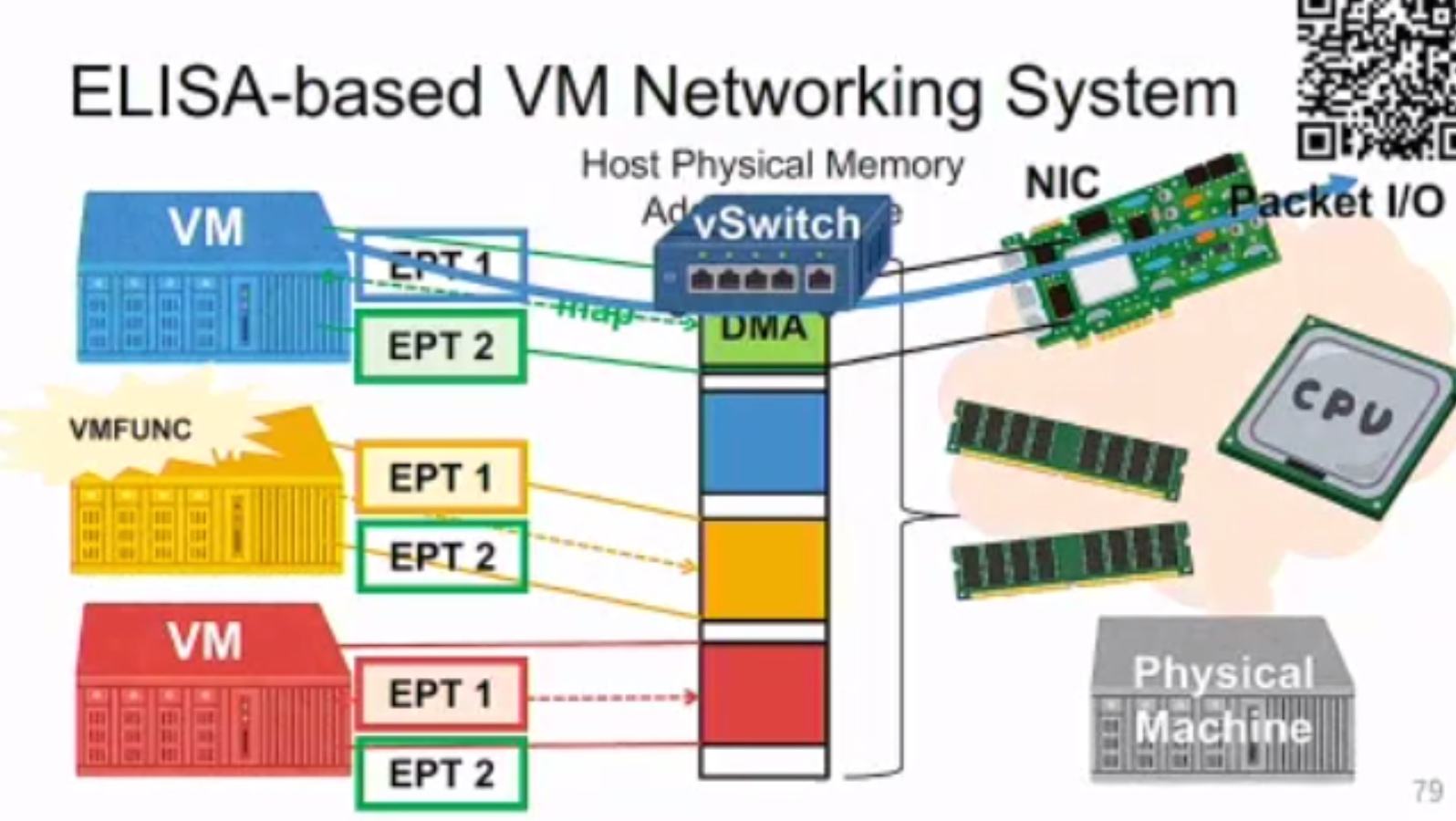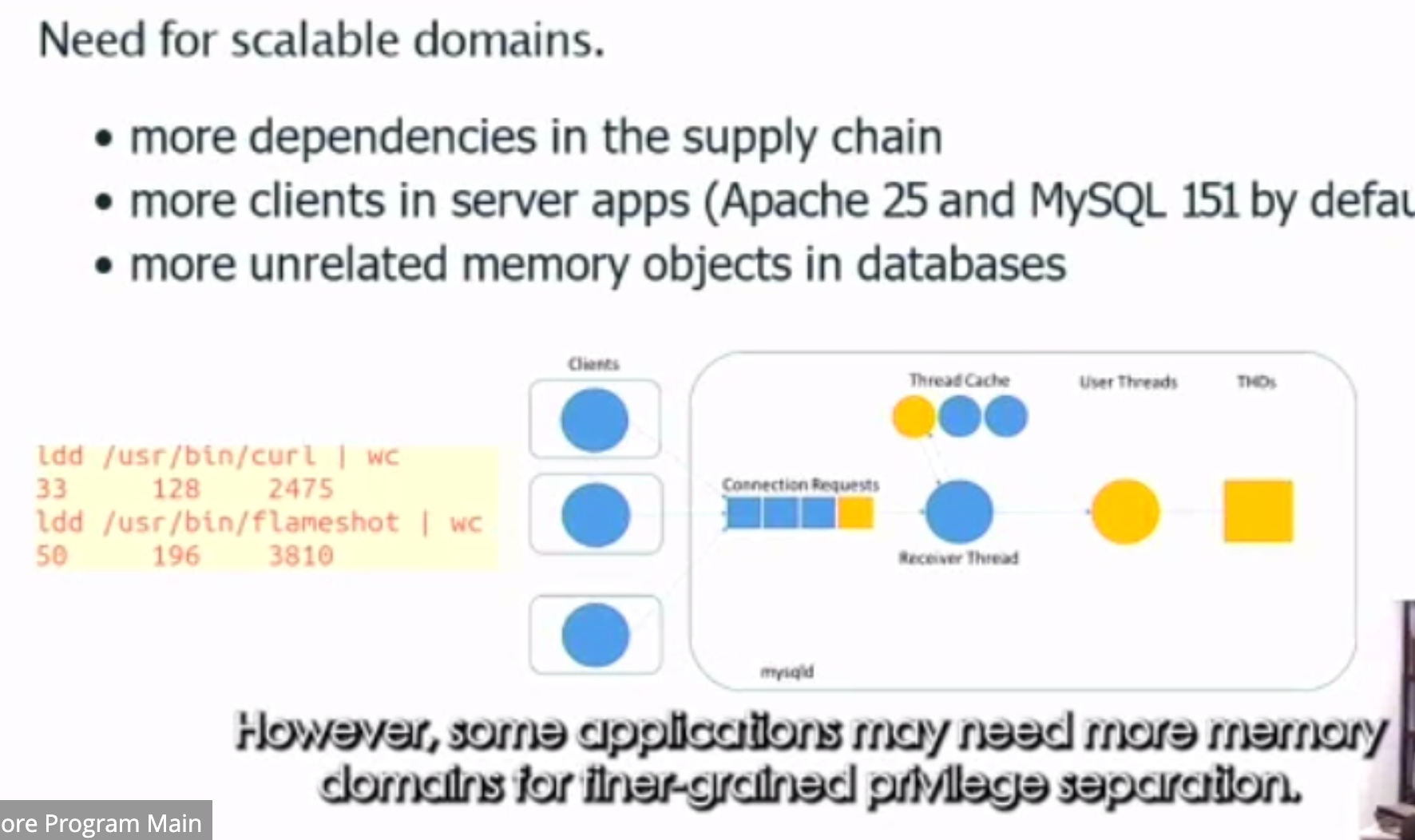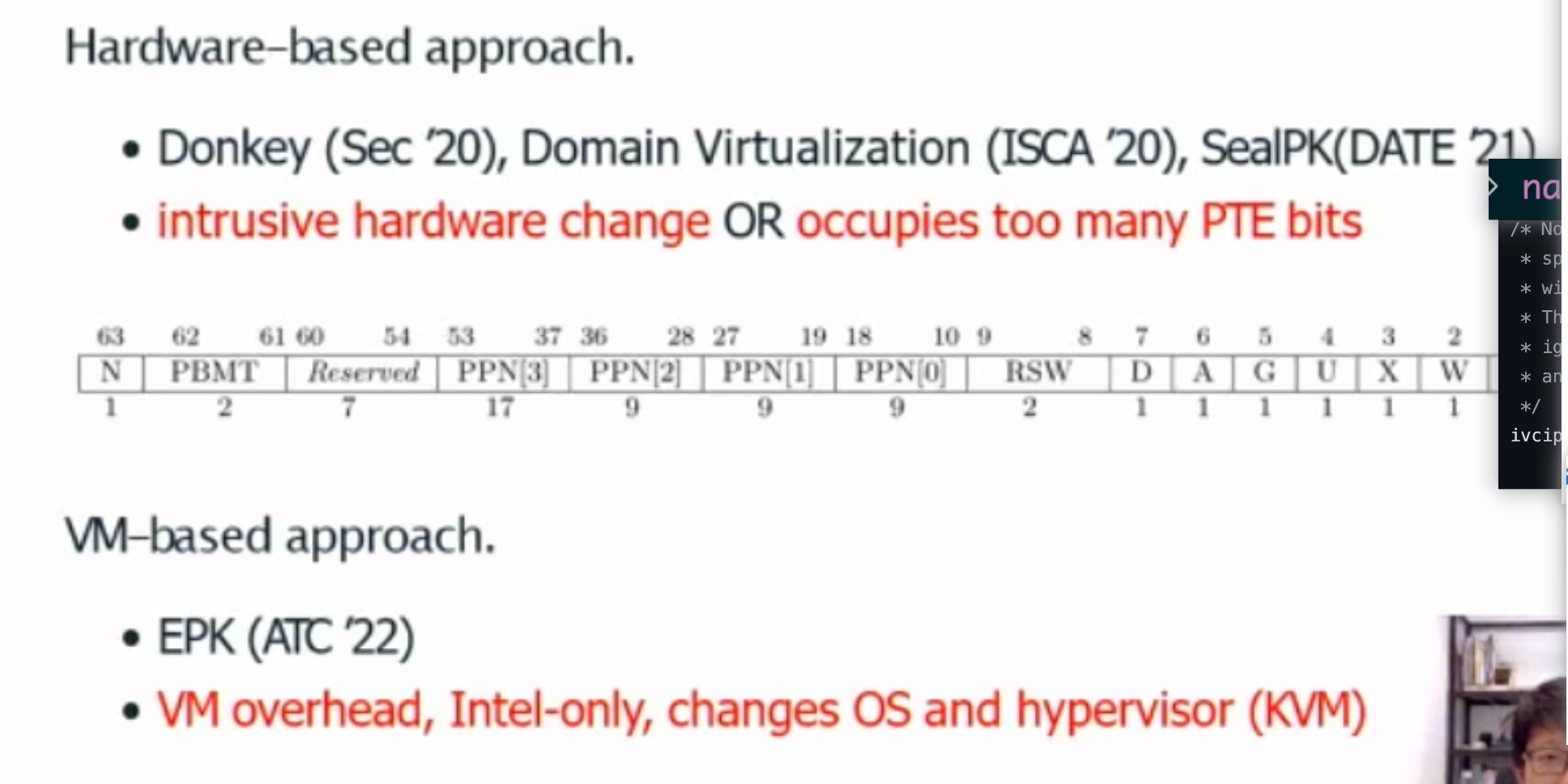This post will be integrate with yyw's knowledge base
For an orchestration system, resource management needs to consider at least the following aspects:
- An abstraction of the resource model; including,
- What kinds of resources are there, for example, CPU, memory (local vs remote that can be transparent to the user), etc.;
- How to represent these resources with data structures;
1. resource scheduling
- How to describe a resource application (spec) of a workload, for example, "This container requires 4 cores and 12GB~16GB(4GB local/ 8GB-12GB remote) of memory";
- How to describe the current resource allocation status of a node, such as the amount of allocated/unallocated resources, whether it supports over-segmentation, etc.;
- Scheduling algorithm: how to select the most suitable node for it according to the workload spec;
2.Resource quota
- How to ensure that the amount of resources used by the workload does not exceed the preset range (so as not to affect other workloads);
- How to ensure the quota of workload and system/basic service so that the two do not affect each other.
k8s is currently the most popular container orchestration system, so how does it solve these problems?
k8s resource model
Compared with the above questions, let's see how k8s is designed:
- Resource model :
- Abstract resource types such as cpu/memory/device/hugepage;
- Abstract the concept of node;
- Resource Scheduling :
requestThe two concepts of and are abstracted limit, respectively representing the minimum (request) and maximum (limit) resources required by a container;AllocatableThe scheduling algorithm selects the appropriate node for the container according to the amount of resources currently available for allocation ( ) of each node ; Note that k8s scheduling only looks at requests, not limits .
- Resource enforcement :
- Use cgroups to ensure that the maximum amount of resources used by a workload does not exceed the specified limits at multiple levels.
An example of a resource application (container):
apiVersion: v2
kind: Pod
spec:
containers:
- name: busybox
image: busybox
resources:
limits:
cpu: 500m
memory: "400Mi"
requests:
cpu: 250m
memory: "300Mi"
command: ["md5sum"]
args: ["/dev/urandom"]
Here requestsand limits represent the minimum and maximum values of required resources, respectively.
- The unit of CPU resources
m is millicores the abbreviation, which means one-thousandth of a core, so cpu: 500m means that 0.5 a core is required;
- The unit of memory is well understood, that is, common units such as MB and GB.
Node resource abstraction
$ k describe node <node>
...
Capacity:
cpu: 48
mem-hard-eviction-threshold: 500Mi
mem-soft-eviction-threshold: 1536Mi
memory: 263192560Ki
pods: 256
Allocatable:
cpu: 46
memory: 258486256Ki
pods: 256
Allocated resources:
(Total limits may be over 100 percent, i.e., overcommitted.)
Resource Requests Limits
-------- -------- ------
cpu 800m (1%) 7200m (15%)
memory 1000Mi (0%) 7324Mi (2%)
hugepages-1Gi 0 (0%) 0 (0%)
...
Let's look at these parts separately.
Capacity
The total resources of this node (which can be simply understood as physical configuration ), for example, the above output shows that this node has 48CPU, 256GB memory, and so on.
Allocatable
The total amount of resources that can be allocated by k8s , obviously, Allocatable will not exceed Capacity, for example, there are 2 less CPUs as seen above, and only 46 are left.
Allocated
The amount of resources that this node has allocated so far, note that the message also said that the node may be oversubscribed , so the sum may exceed Allocatable, but it will not exceed Capacity.
Allocatable does not exceed Capacity, and this concept is also well understood; but which resources are allocated specifically , causing Allocatable < Capacityit?
Node resource segmentation (reserved)
Because k8s-related basic services such as kubelet/docker/containerd and other operating system processes such as systemd/journald run on each node, not all resources of a node can be used to create pods for k8s. Therefore, when k8s manages and schedules resources, it needs to separate out the resource usage and enforcement of these basic services.
To this end, k8s proposed the Node Allocatable Resources[1] proposal, from which the above terms such as Capacity and Allocatable come from. A few notes:
- If Allocatable is available, the scheduler will use Allocatable, otherwise it will use Capacity;
- Using Allocatable is not overcommit, using Capacity is overcommit;
Calculation formula: [Allocatable] = [NodeCapacity] - [KubeReserved] - [SystemReserved] - [HardEvictionThreshold]
Let’s look at these types separately.
System Reserved
Basic services of the operating system, such as systemd, journald, etc., are outside k8s management . k8s cannot manage the allocation of these resources, but it can manage the enforcement of these resources, as we will see later.
Kube Reserved
k8s infrastructure services, including kubelet/docker/containerd, etc. Similar to the system services above, k8s cannot manage the allocation of these resources, but it can manage the enforcement of these resources, as we will see later.
EvictionThreshold (eviction threshold)
When resources such as node memory/disk are about to be exhausted, kubelet starts to expel pods according to the QoS priority (best effort/burstable/guaranteed) , and eviction resources are reserved for this purpose.
Allocatable
Resources available for k8s to create pods.
The above is the basic resource model of k8s. Let's look at a few related configuration parameters.
Kubelet related configuration parameters
kubelet command parameters related to resource reservation (segmentation):
--system-reserved=""--kube-reserved=""--qos-reserved=""--reserved-cpus=""
It can also be configured via the kubelet, for example,
$ cat /etc/kubernetes/kubelet/config
...
systemReserved:
cpu: "2"
memory: "4Gi"
Do you need to use a dedicated cgroup for resource quotas for these reserved resources to ensure that they do not affect each other:
--kube-reserved-cgroup=""--system-reserved-cgroup=""
The default is not enabled. In fact, it is difficult to achieve complete isolation. The consequence is that the system process and the pod process may affect each other. For example, as of v1.26, k8s does not support IO isolation, so the IO of the host process (such as log rotate) soars, or when a pod process executes java dump, It will affect all pods on this node.
The k8s resource model will be introduced here first, and then enter the focus of this article, how k8s uses cgroups to limit the resource usage of workloads such as containers, pods, and basic services (enforcement).
k8s cgroup design
cgroup base
groups are Linux kernel infrastructures that can limit, record and isolate the amount of resources (CPU, memory, IO, etc.) used by process groups.
There are two versions of cgroup, v1 and v2. For the difference between the two, please refer to Control Group v2. Since it's already 2023, we focus on v2. The cgroup v1 exposes more memory stats like swapiness, and all the control is flat control, v2 exposes only cpuset and memory and exposes the hierarchy view.
$ mount | grep cgroup
cgroup2 on /sys/fs/cgroup type cgroup2 (rw,nosuid,nodev,noexec,relatime,nsdelegate,memory_recursiveprot)
$ root@banana:~/CXLMemSim/microbench# ls /sys/fs/cgroup
cgroup.controllers cpuset.mems.effective memory.reclaim
cgroup.max.depth dev-hugepages.mount memory.stat
cgroup.max.descendants dev-mqueue.mount misc.capacity
cgroup.pressure init.scope misc.current
cgroup.procs io.cost.model sys-fs-fuse-connections.mount
cgroup.stat io.cost.qos sys-kernel-config.mount
cgroup.subtree_control io.pressure sys-kernel-debug.mount
cgroup.threads io.prio.class sys-kernel-tracing.mount
cpu.pressure io.stat system.slice
cpu.stat memory.numa_stat user.slice
cpuset.cpus.effective memory.pressure yyw
$ root@banana:~/CXLMemSim/microbench# ls /sys/fs/cgroup/yyw
cgroup.controllers cpu.uclamp.max memory.oom.group
cgroup.events cpu.uclamp.min memory.peak
cgroup.freeze cpu.weight memory.pressure
cgroup.kill cpu.weight.nice memory.reclaim
cgroup.max.depth io.pressure memory.stat
cgroup.max.descendants memory.current memory.swap.current
cgroup.pressure memory.events memory.swap.events
cgroup.procs memory.events.local memory.swap.high
cgroup.stat memory.high memory.swap.max
cgroup.subtree_control memory.low memory.swap.peak
cgroup.threads memory.max memory.zswap.current
cgroup.type memory.min memory.zswap.max
cpu.idle memory.node_limit1 pids.current
cpu.max memory.node_limit2 pids.events
cpu.max.burst memory.node_limit3 pids.max
cpu.pressure memory.node_limit4 pids.peak
cpu.stat memory.numa_stat
The procfs is registered in





